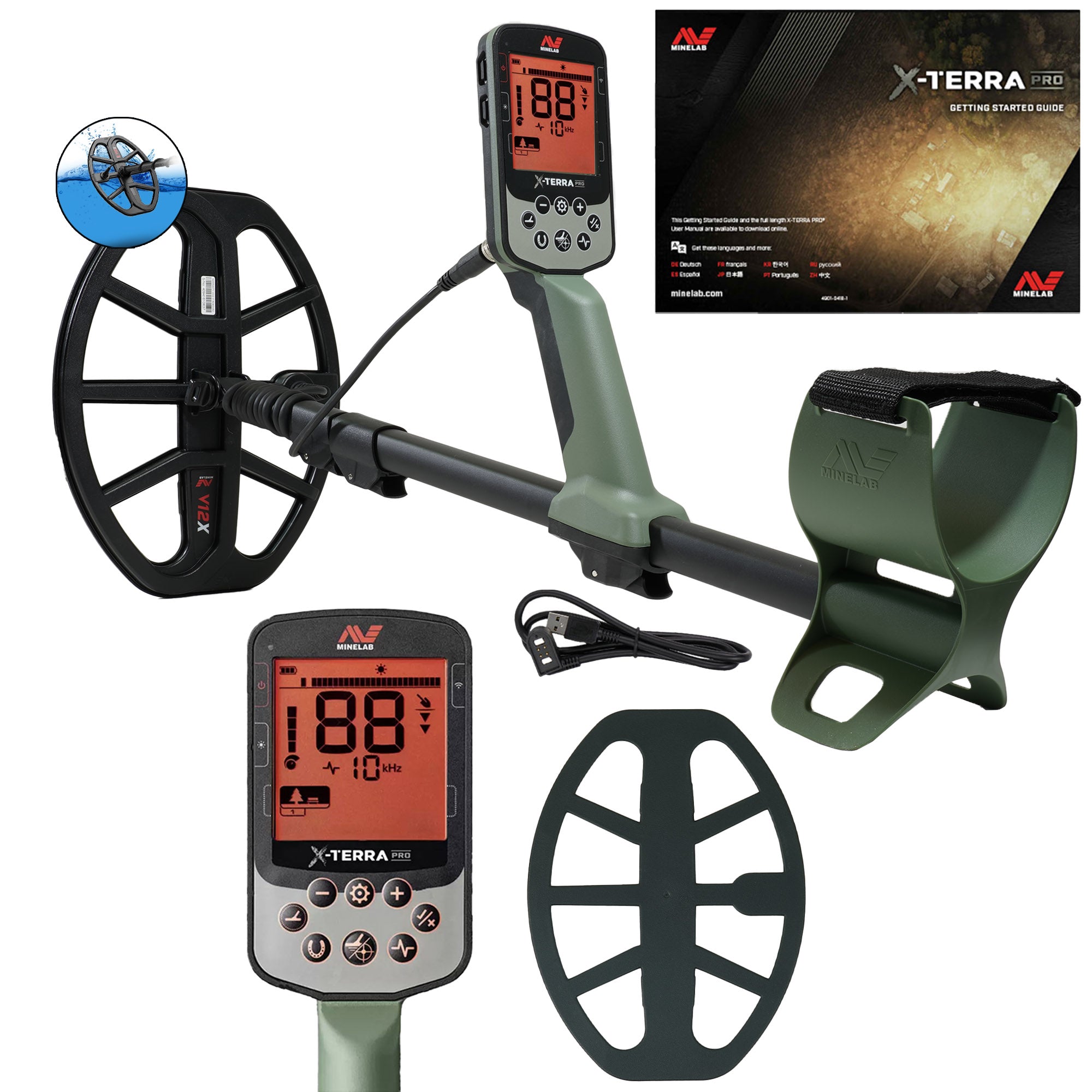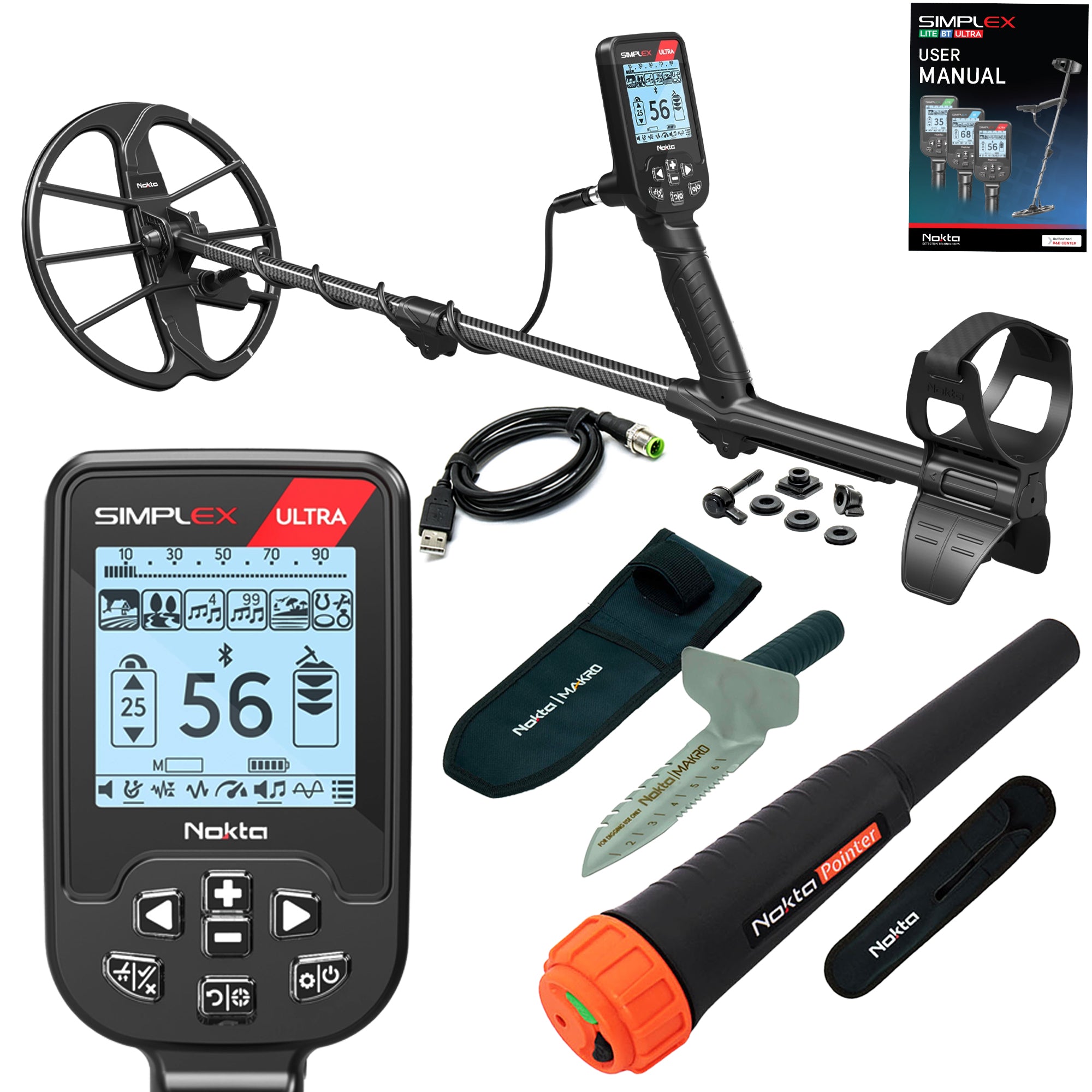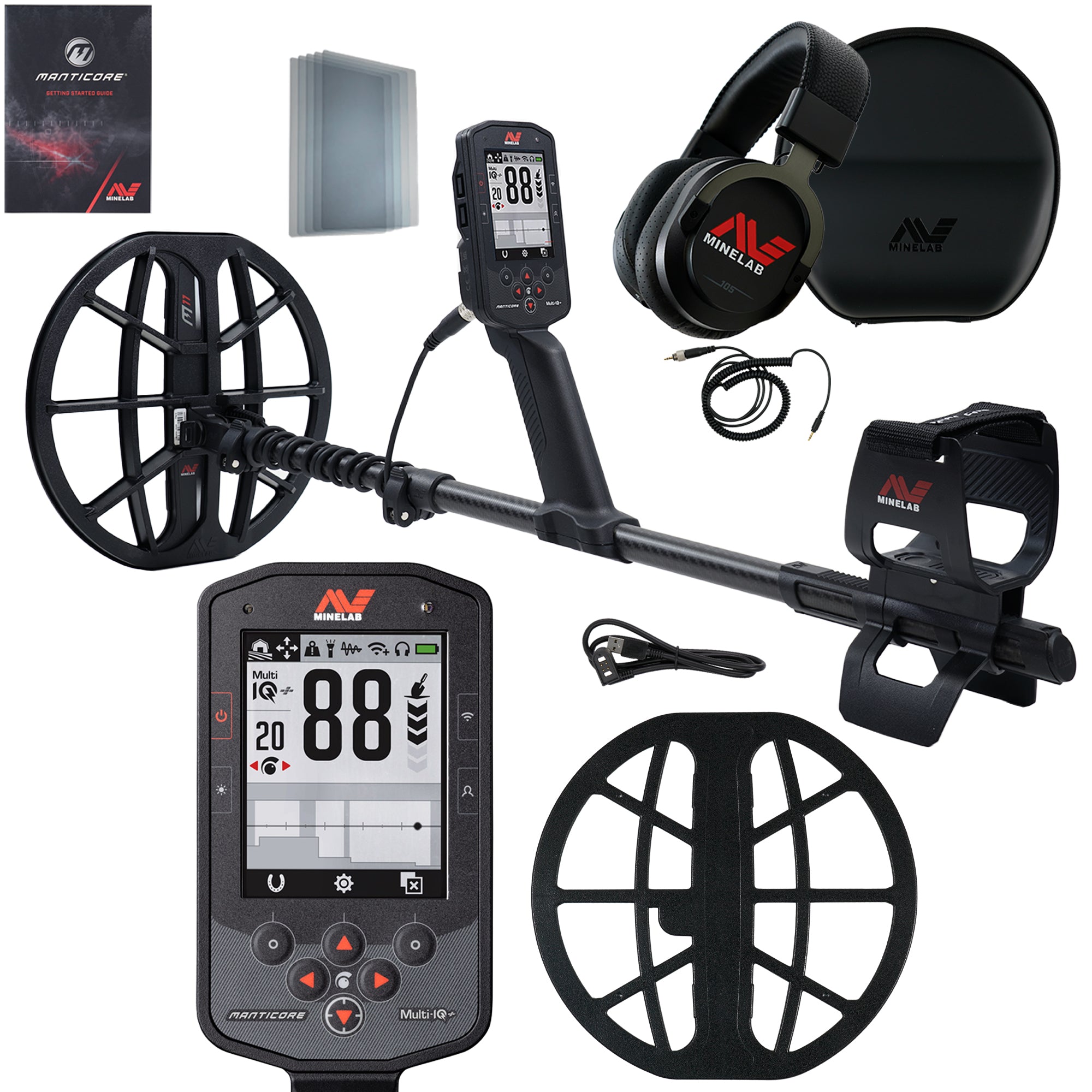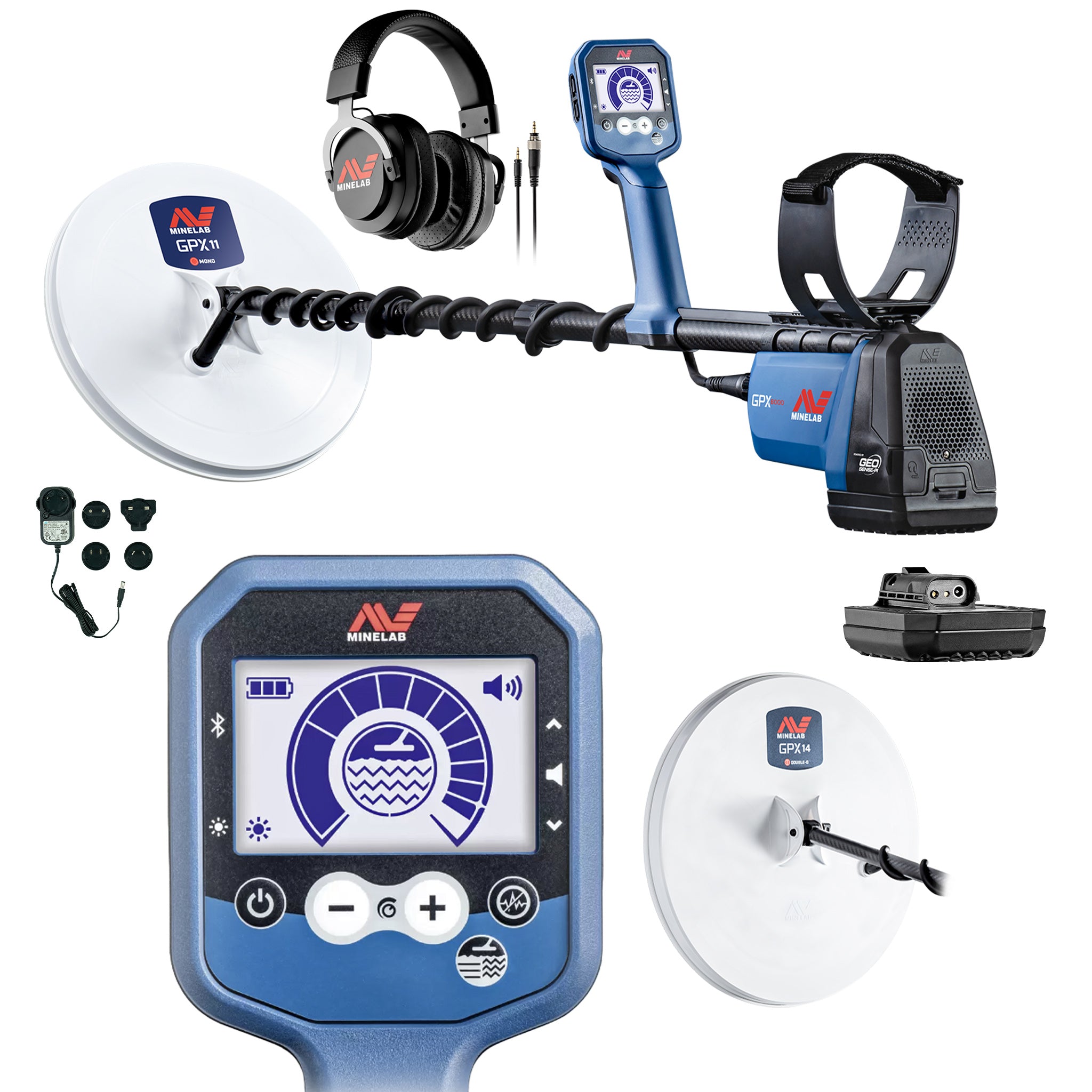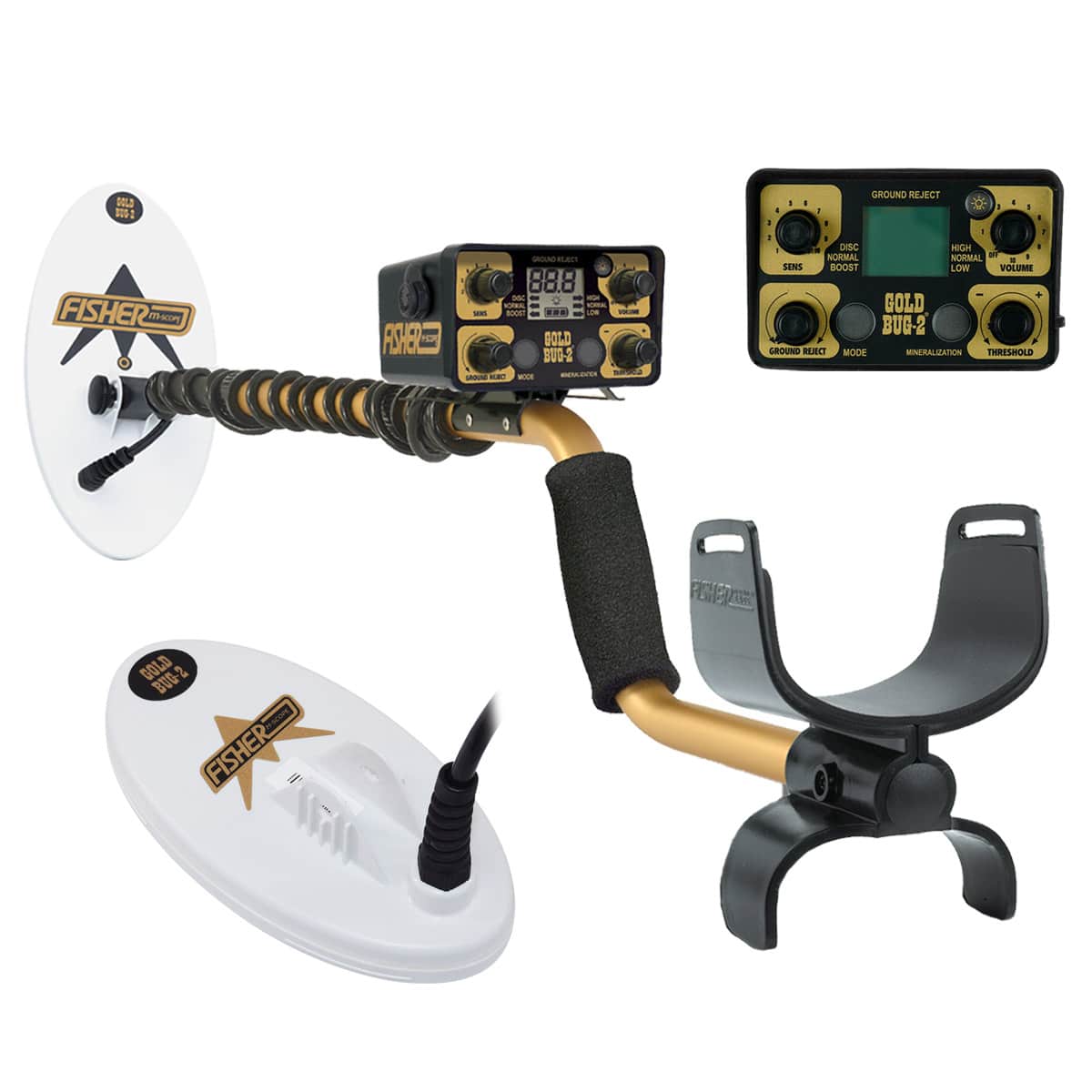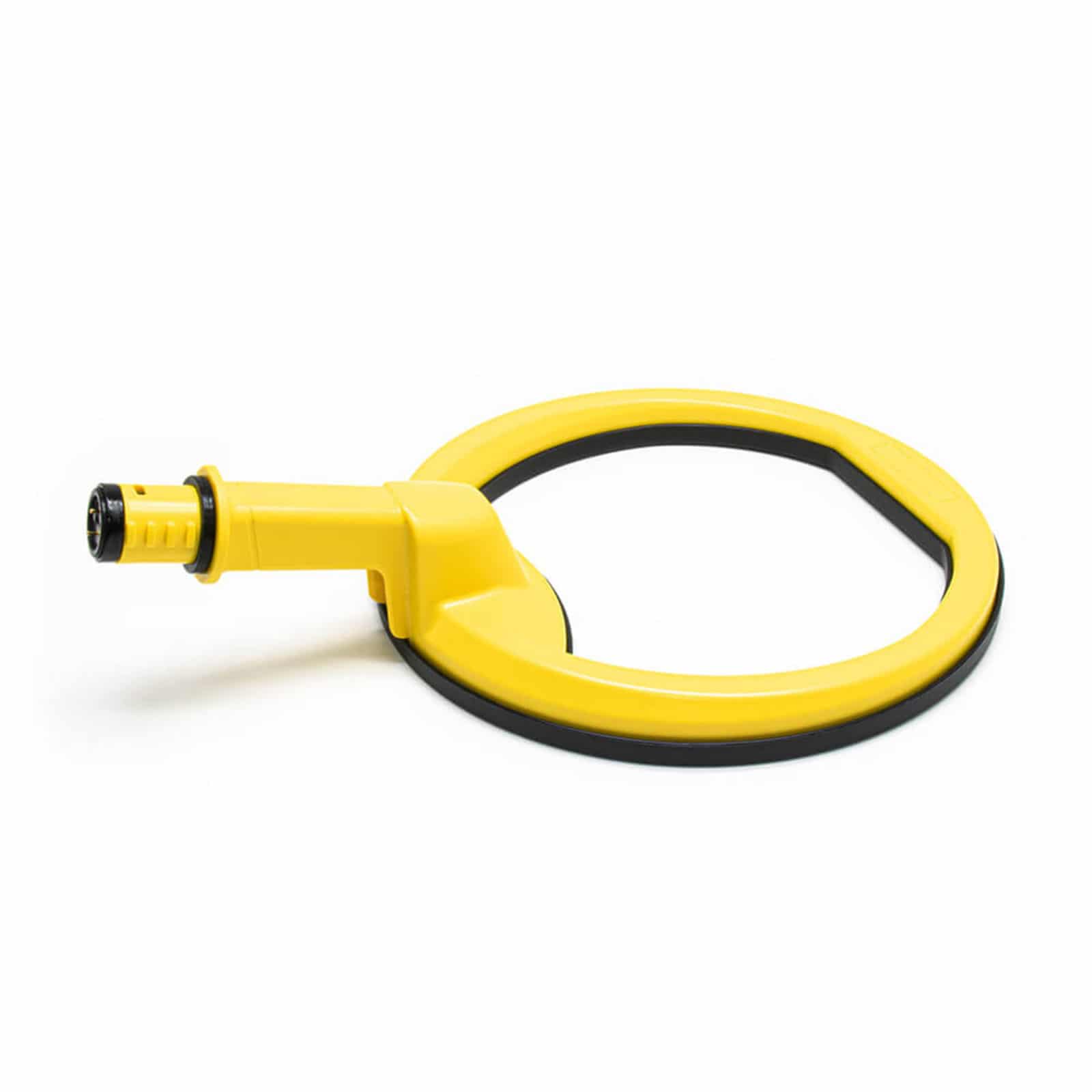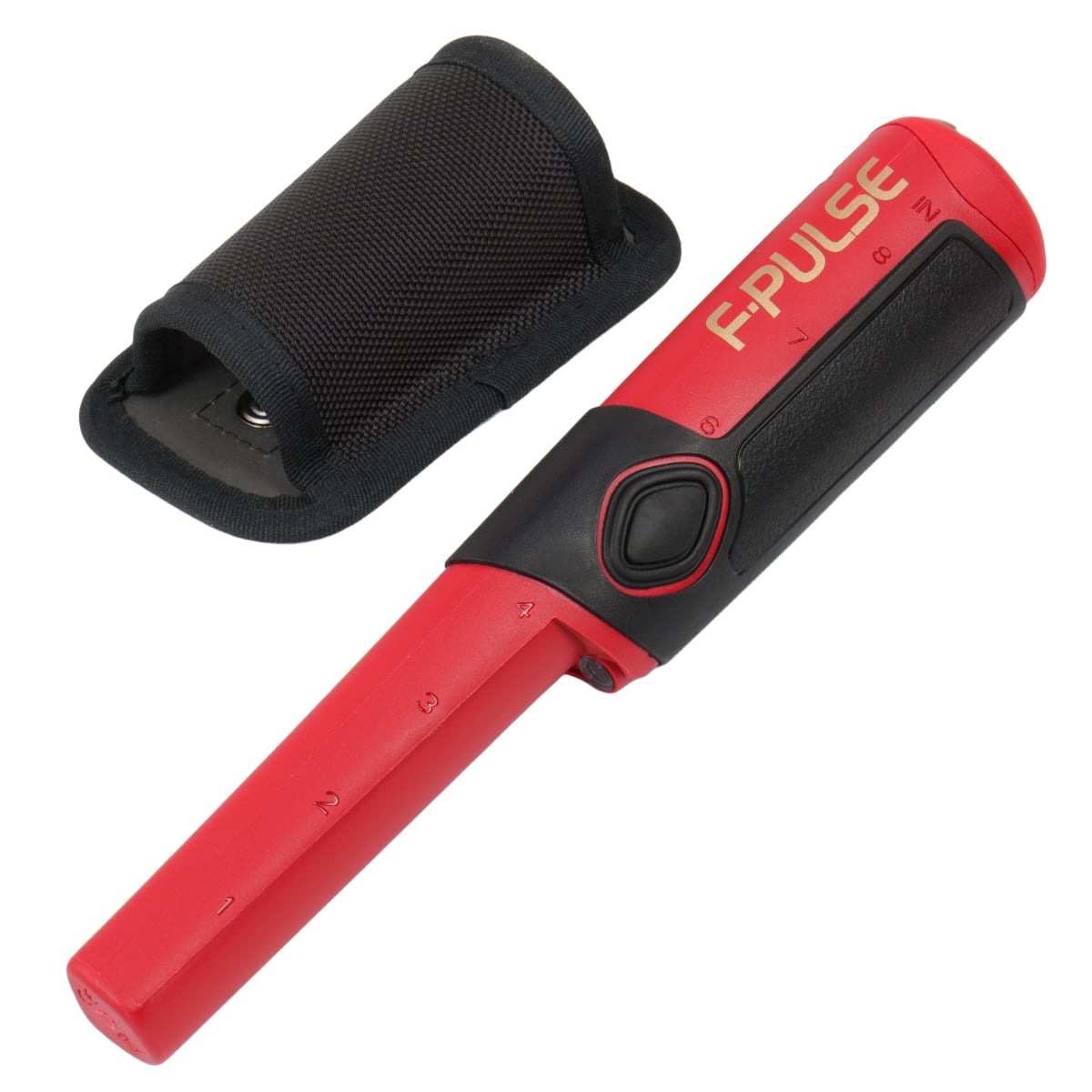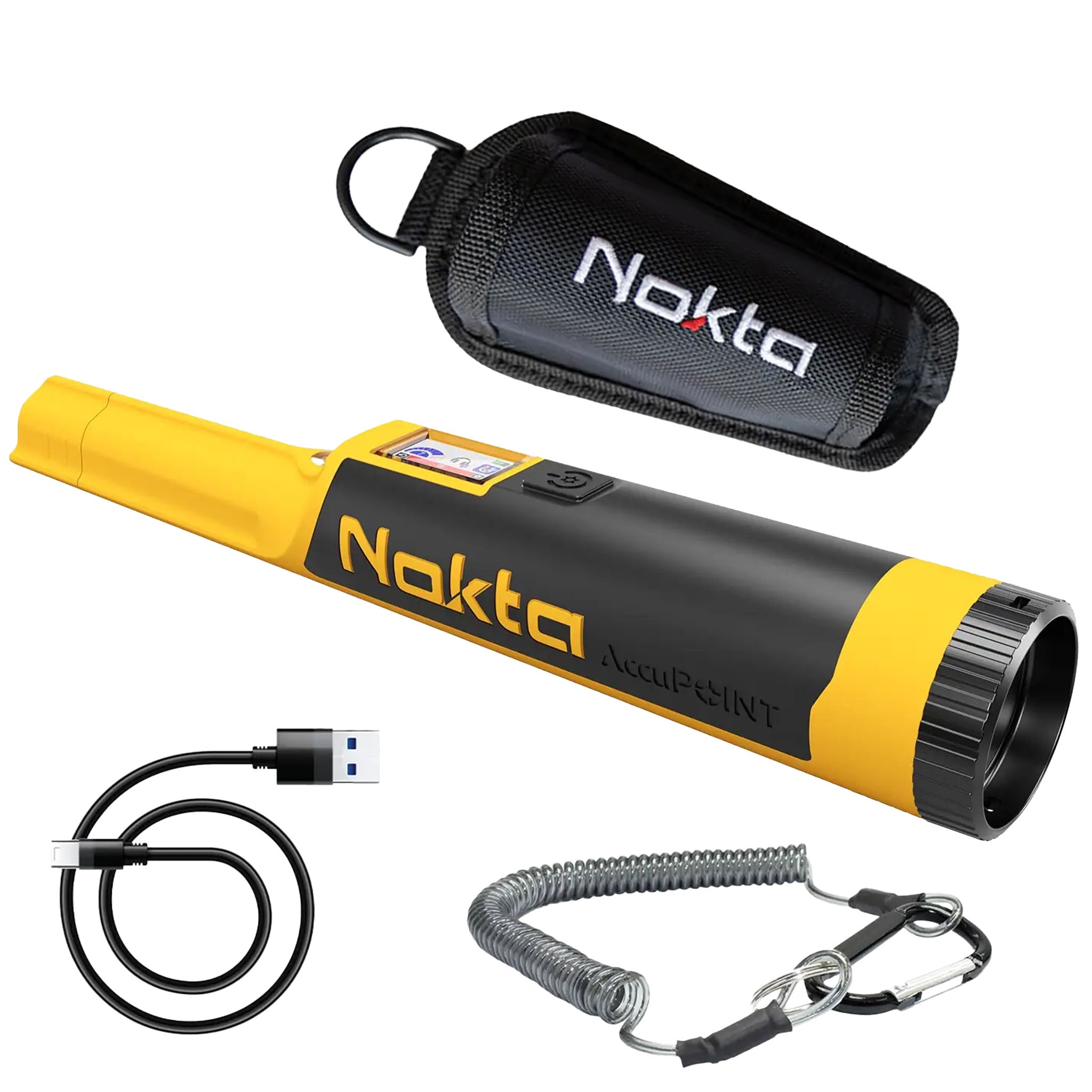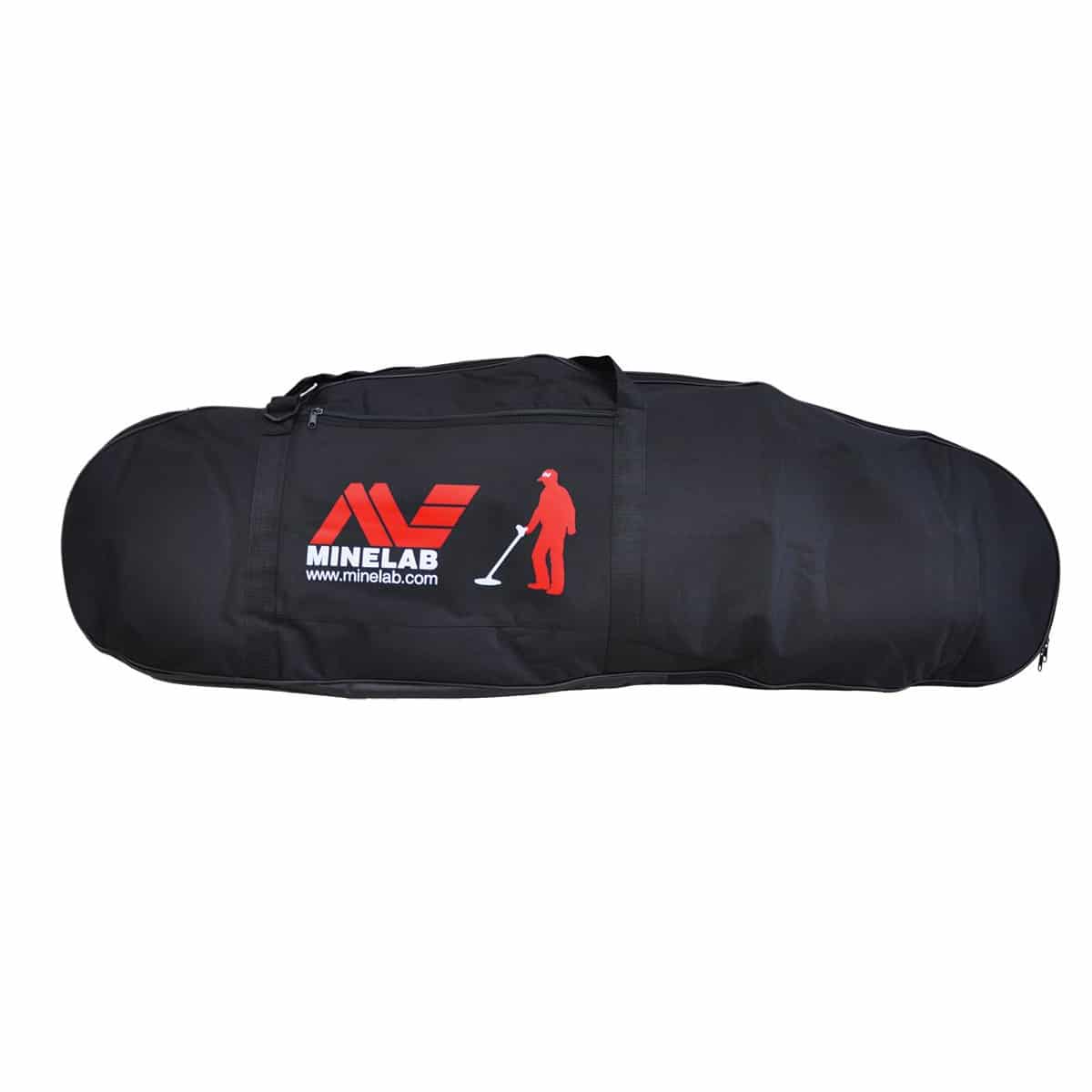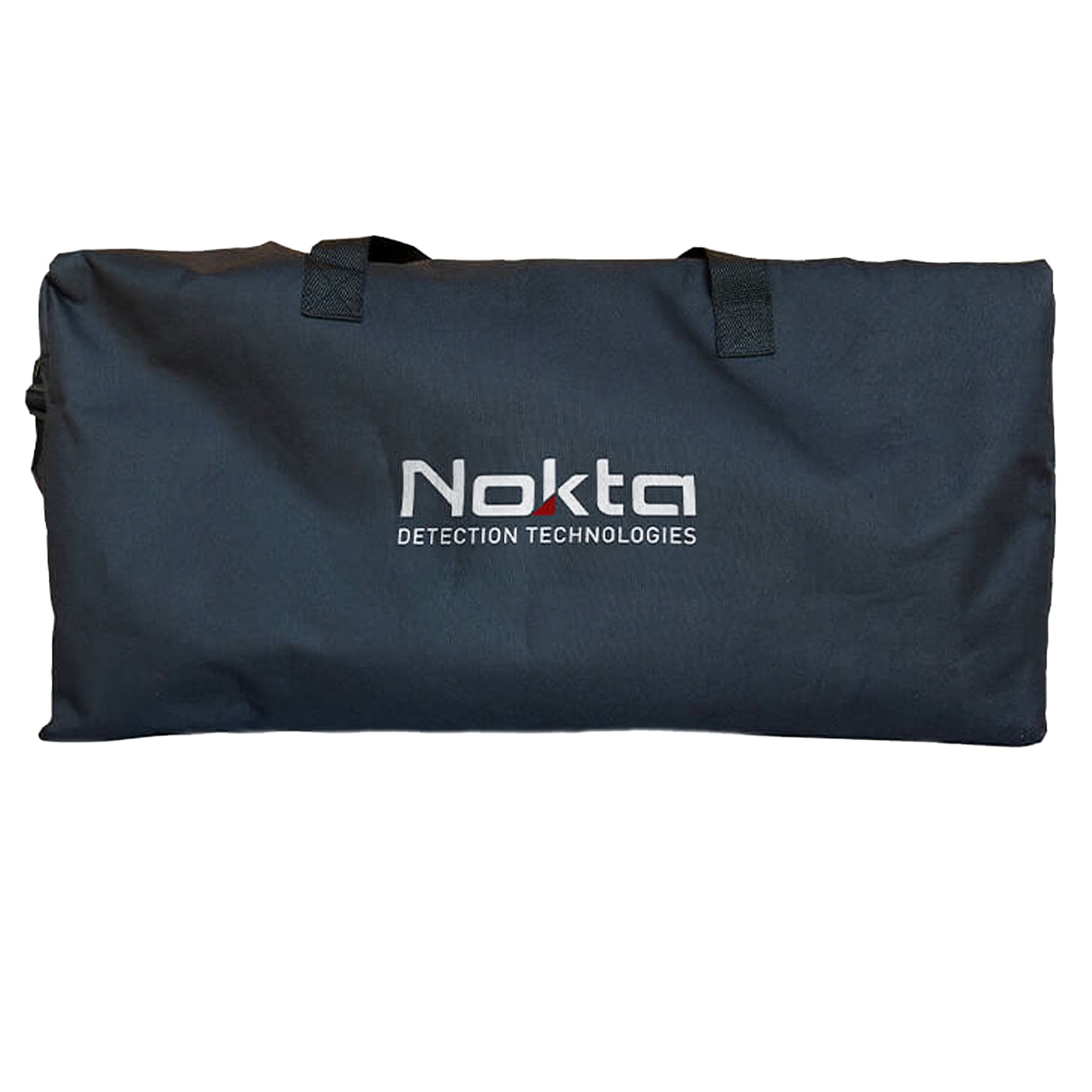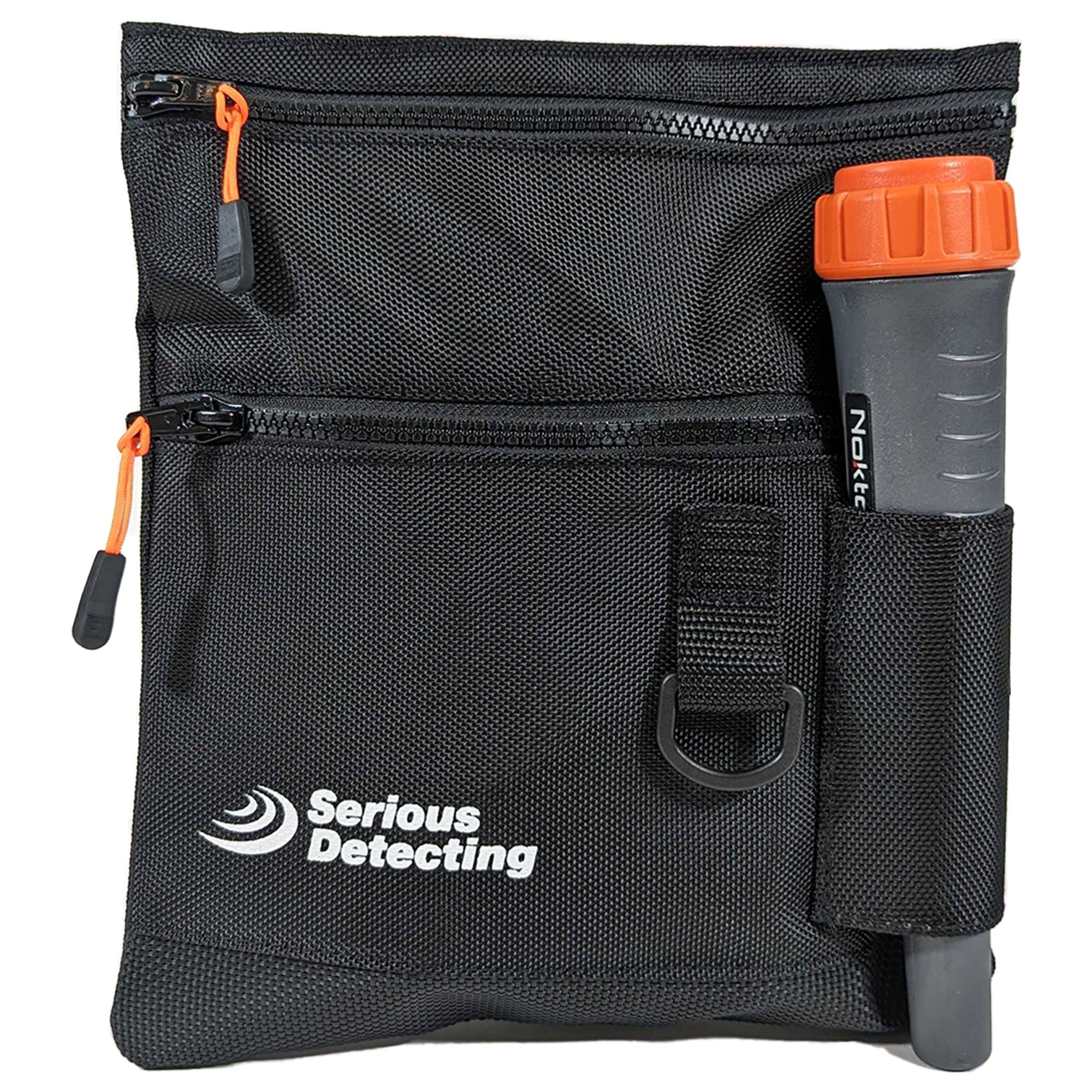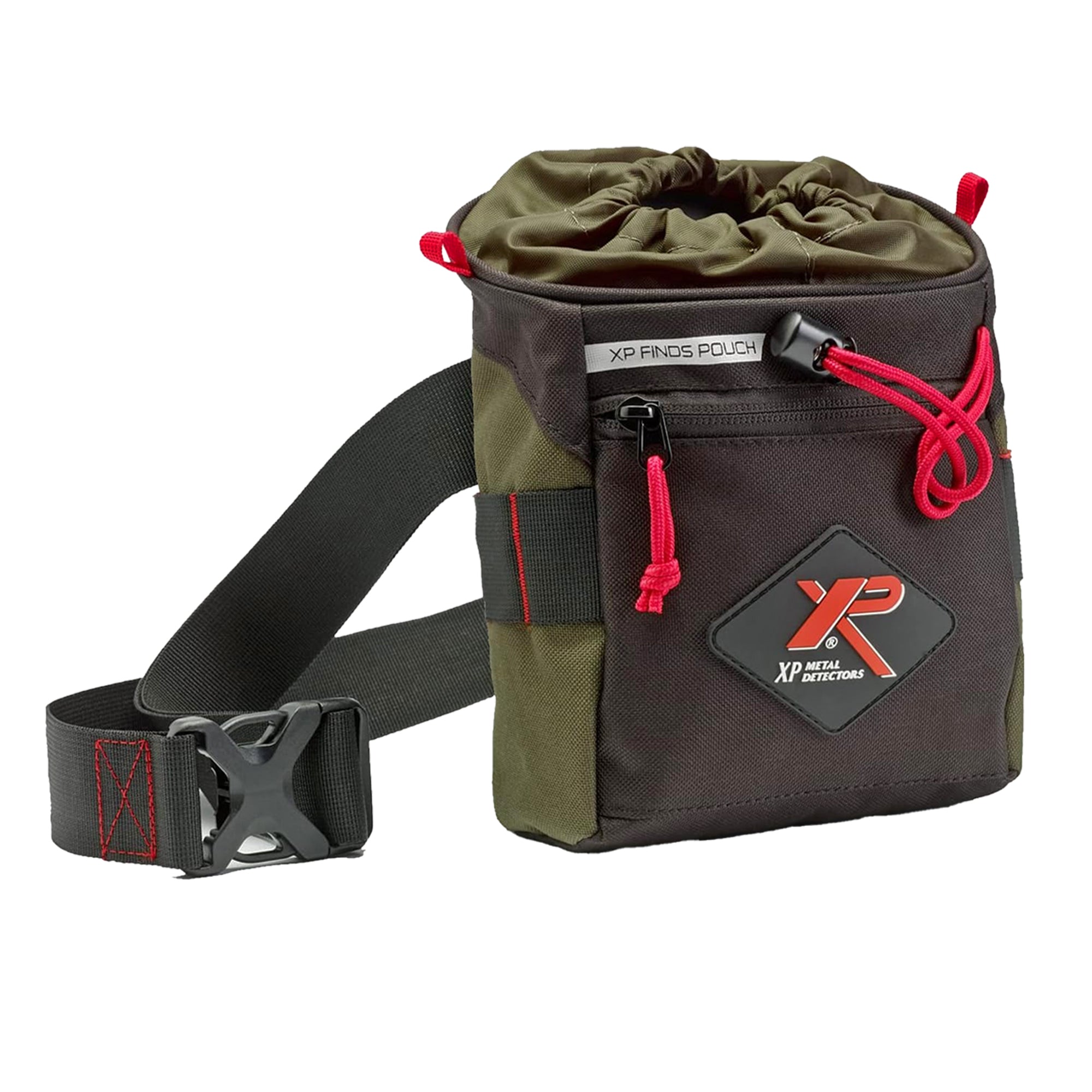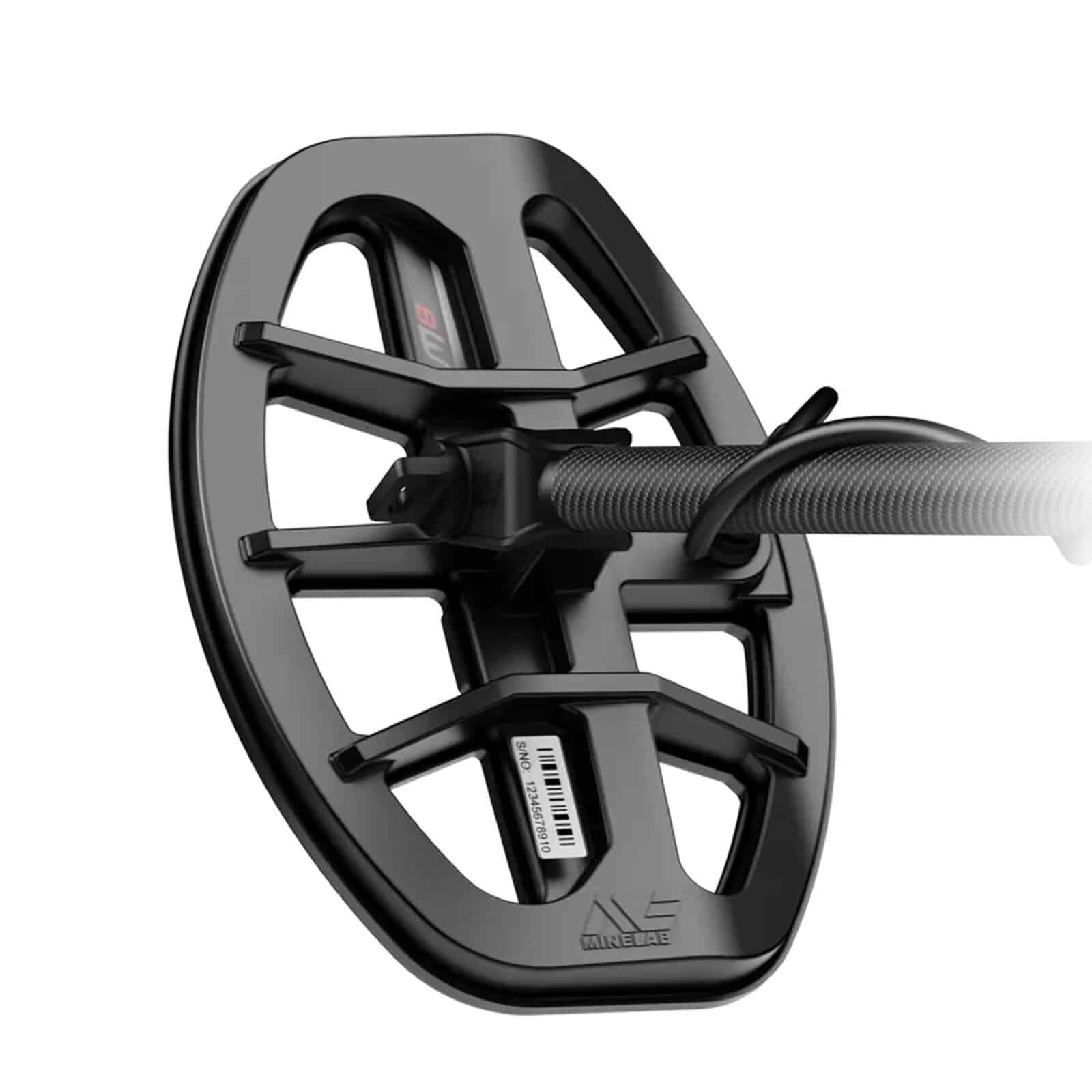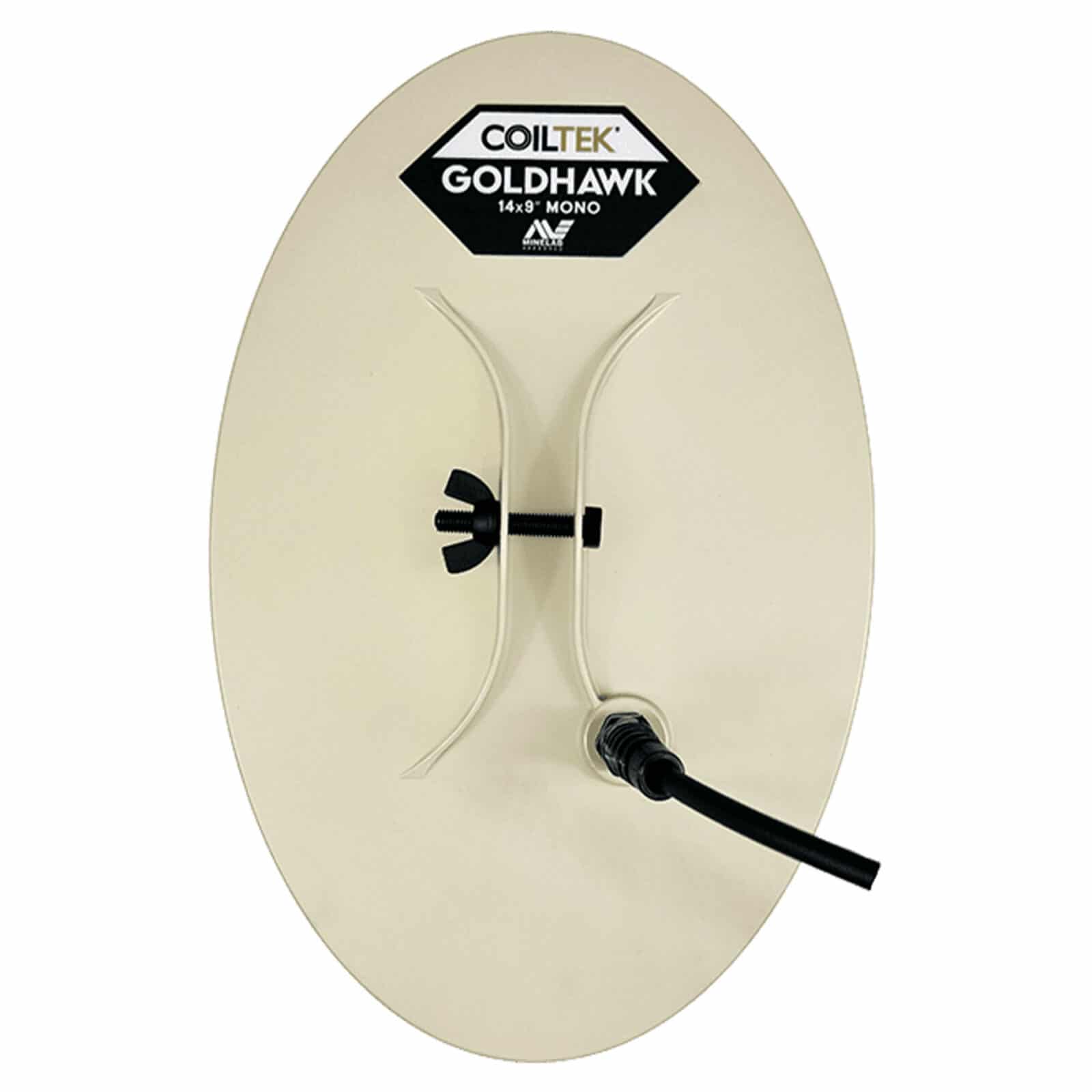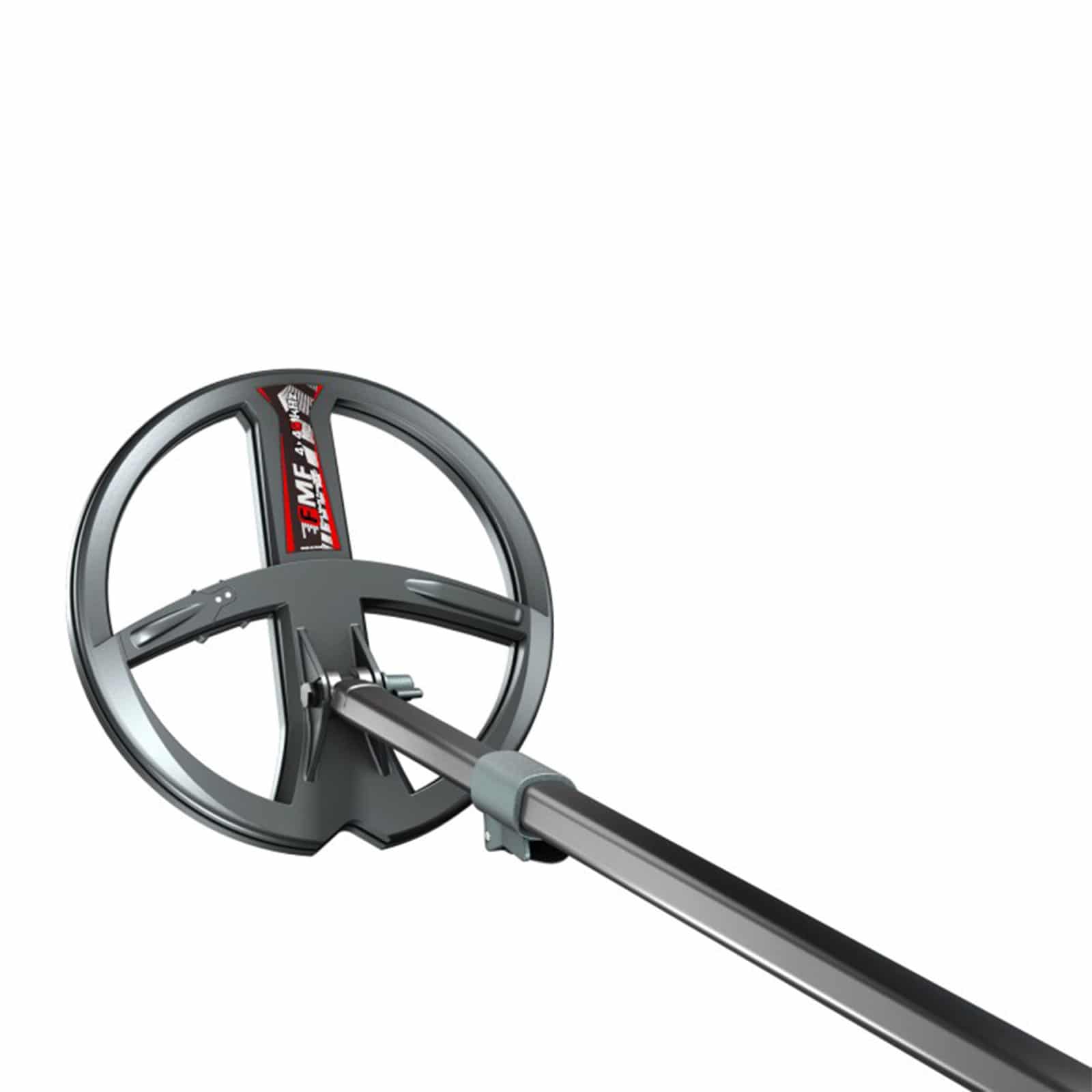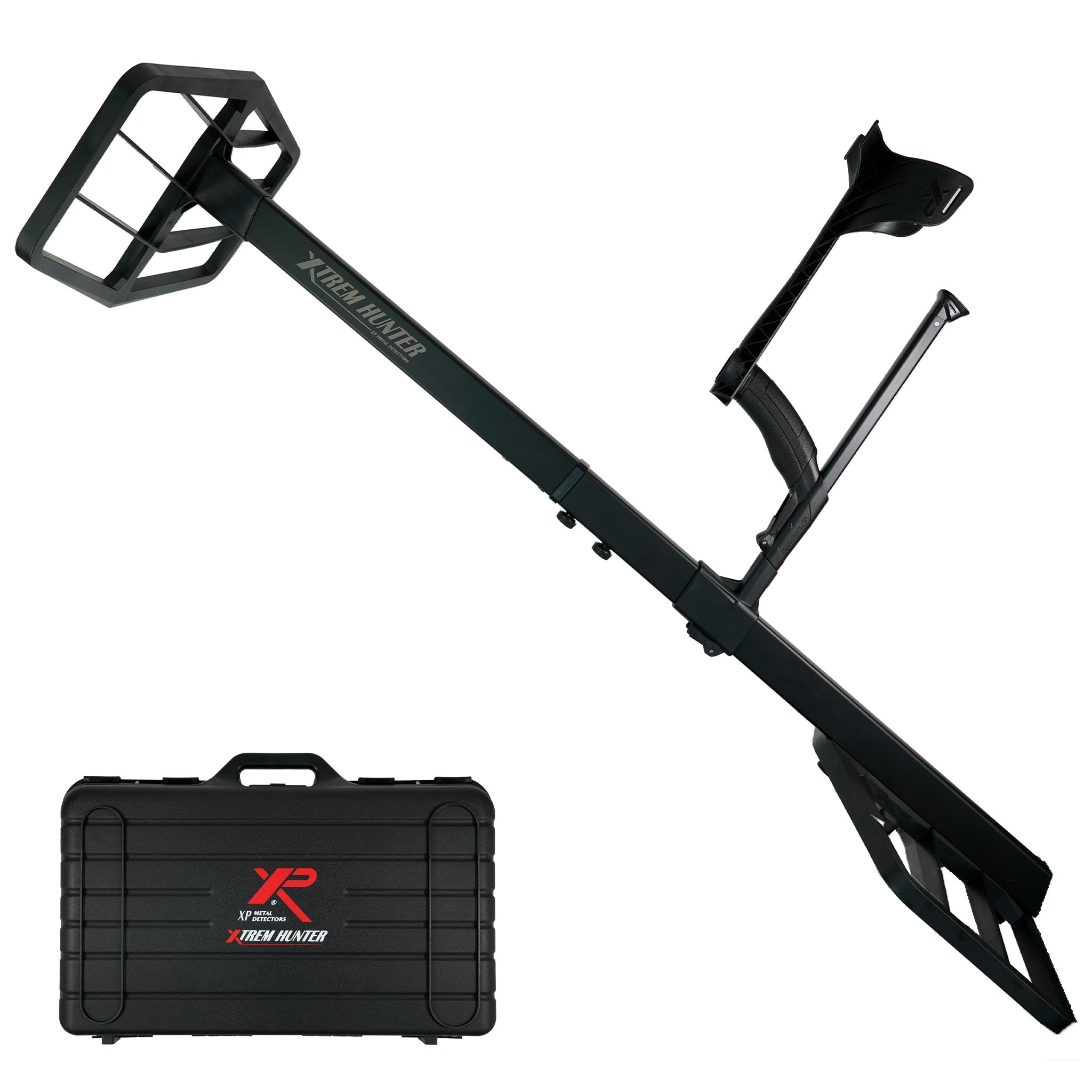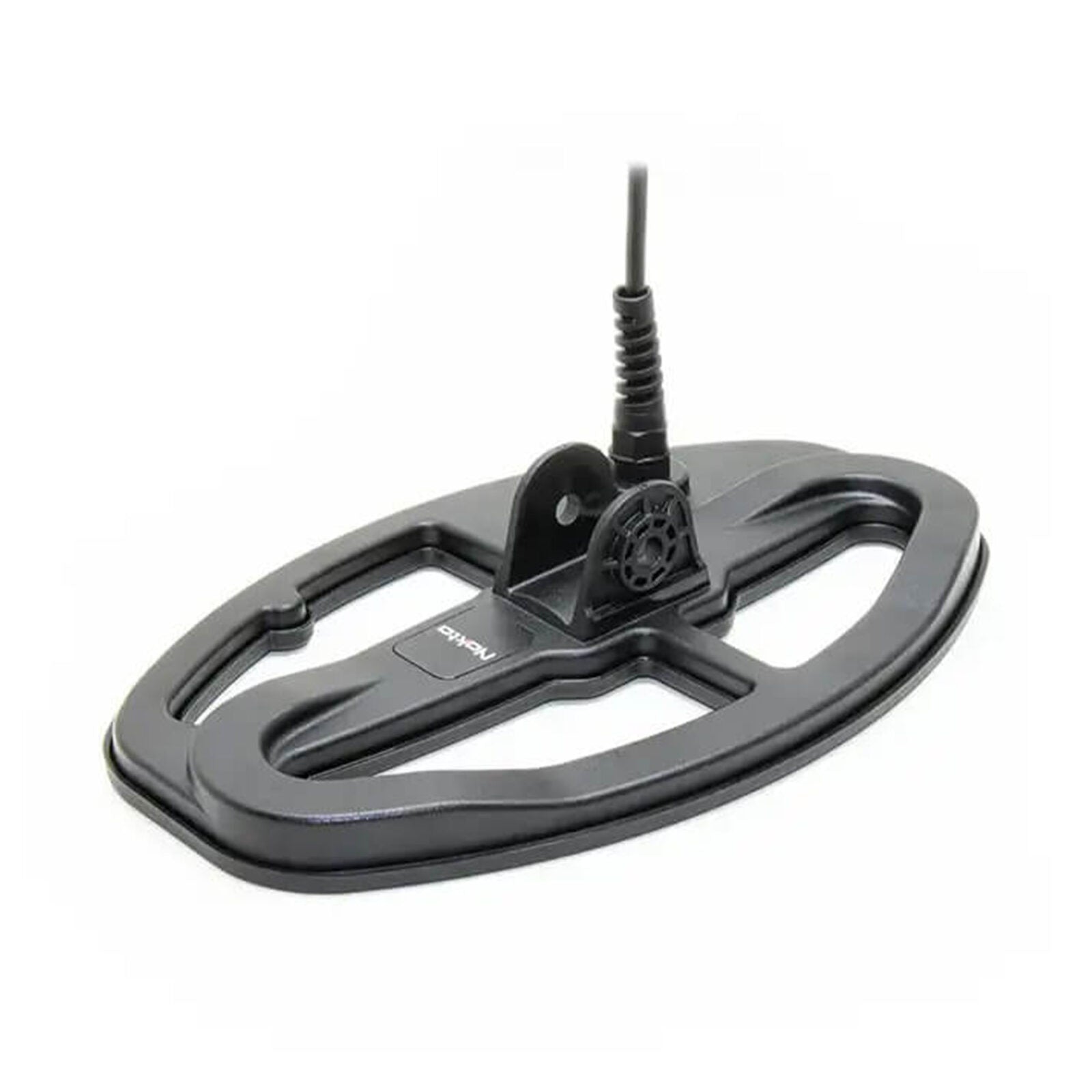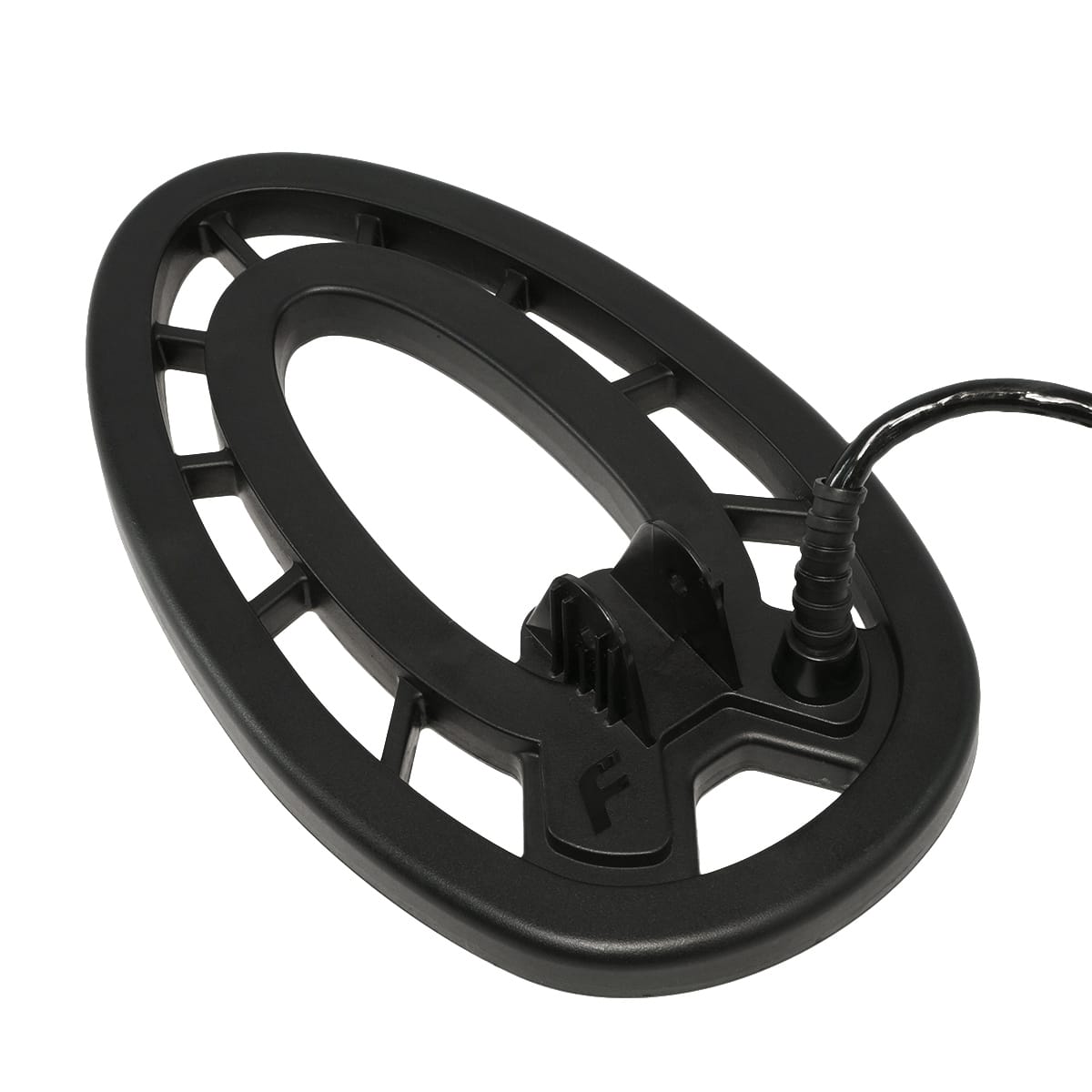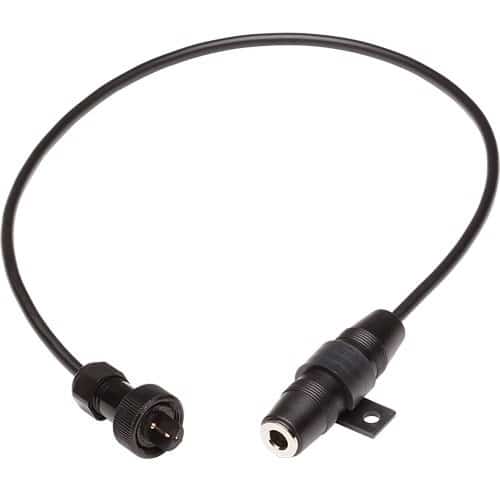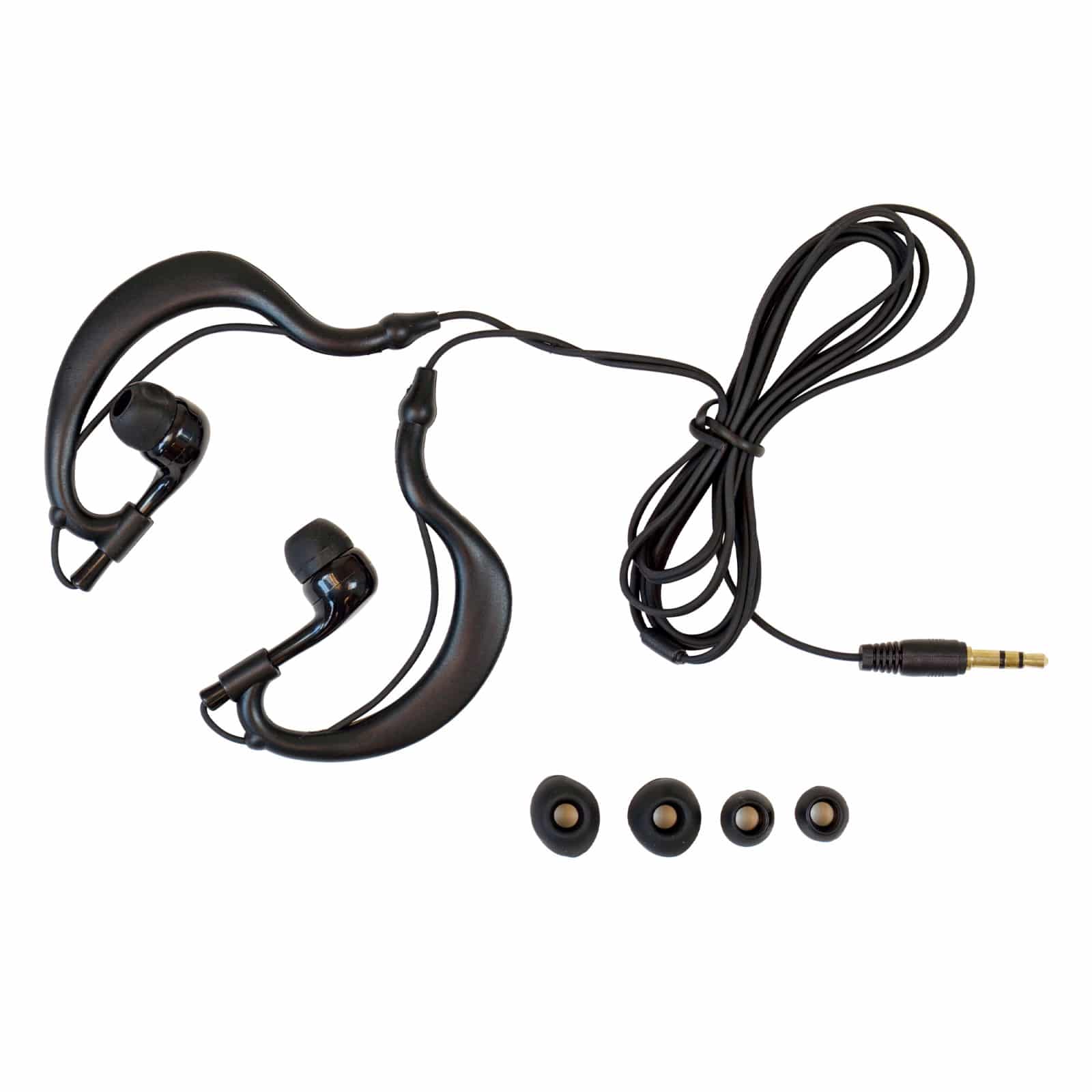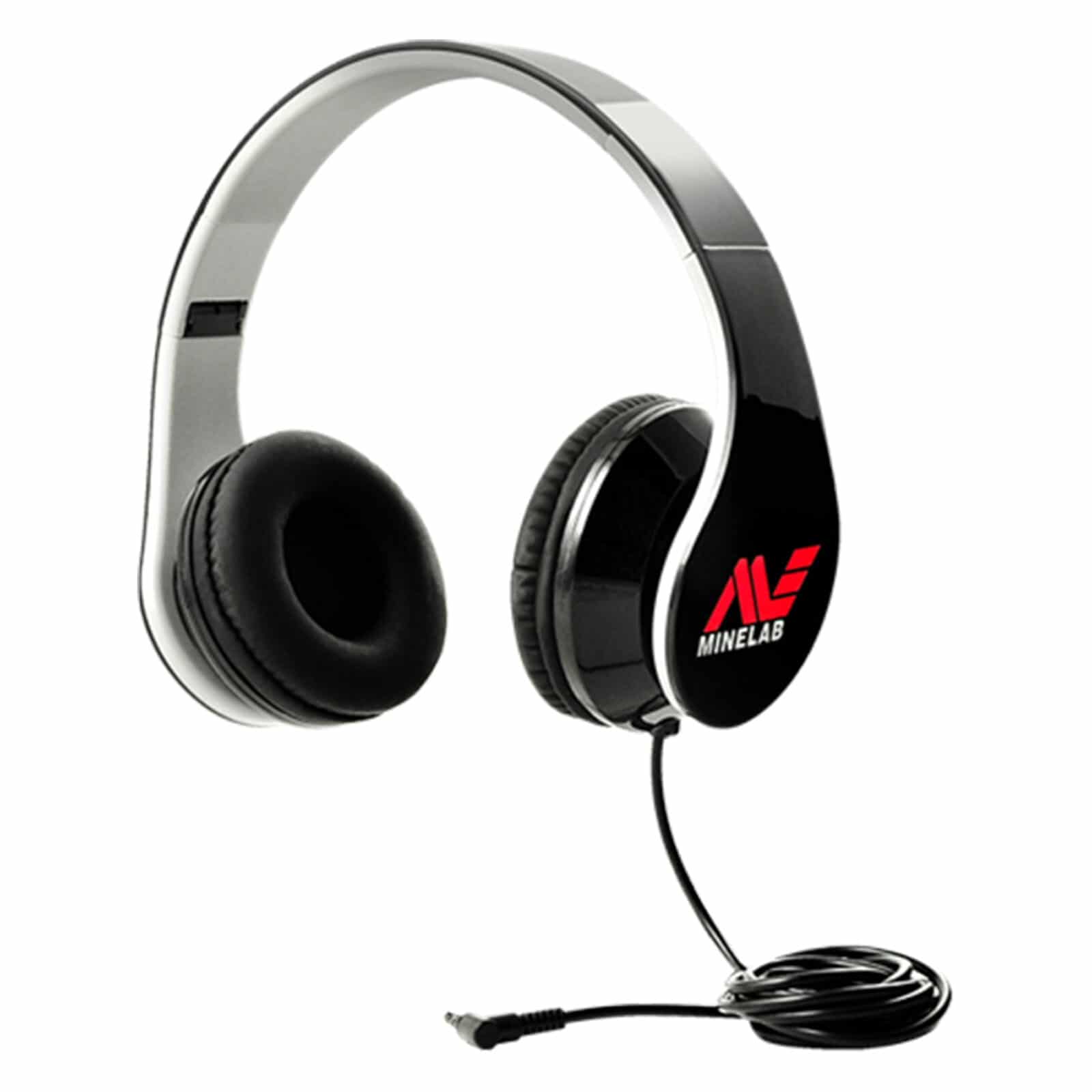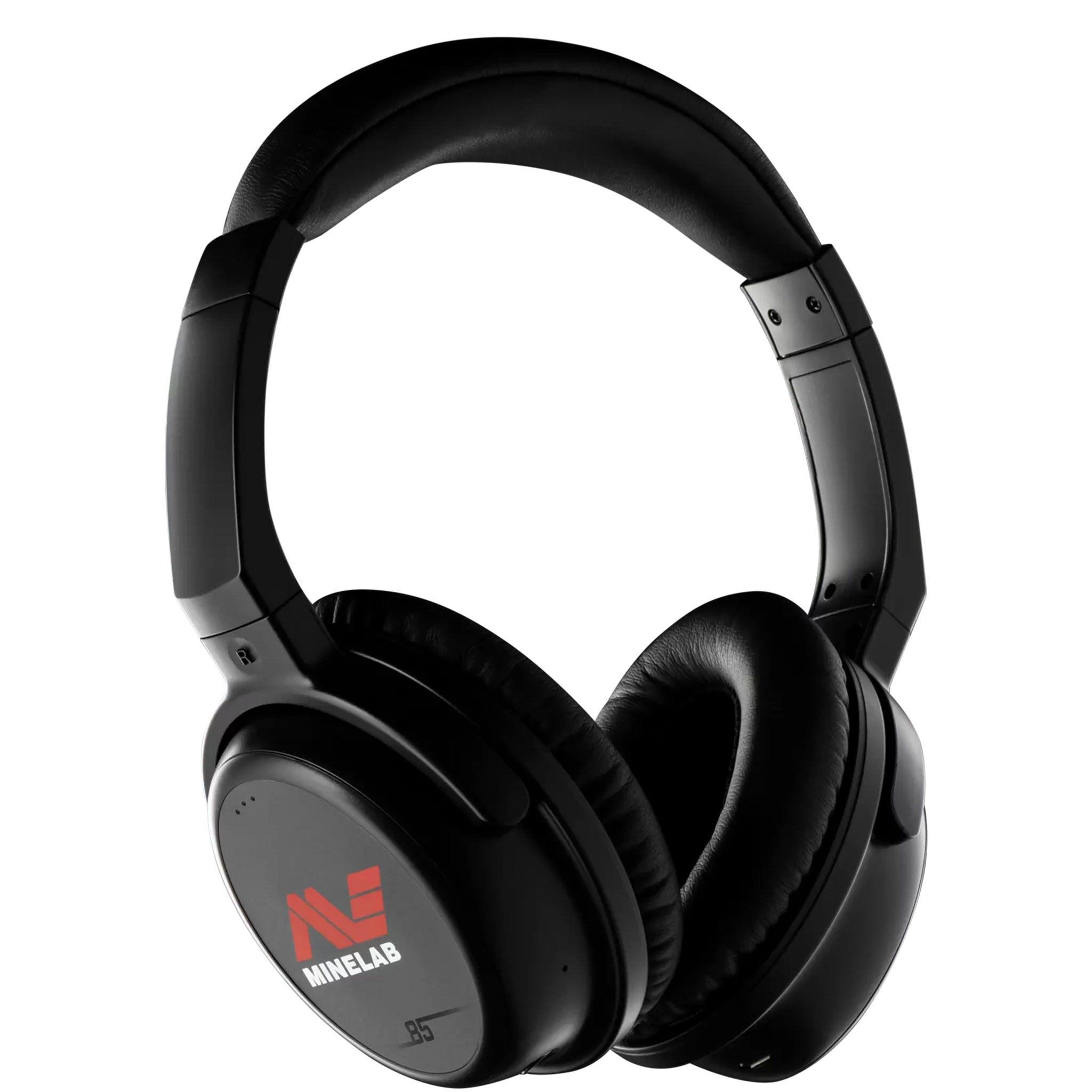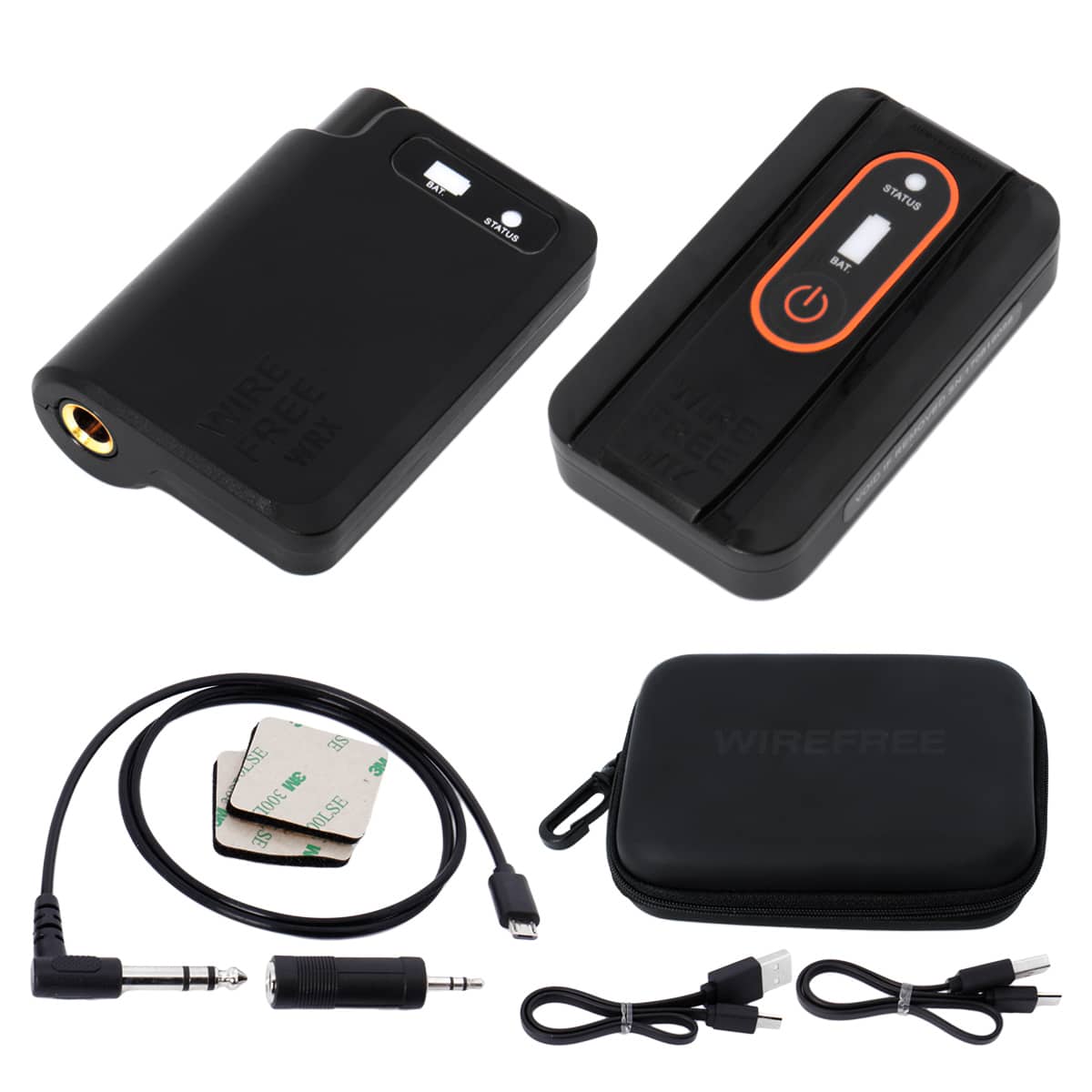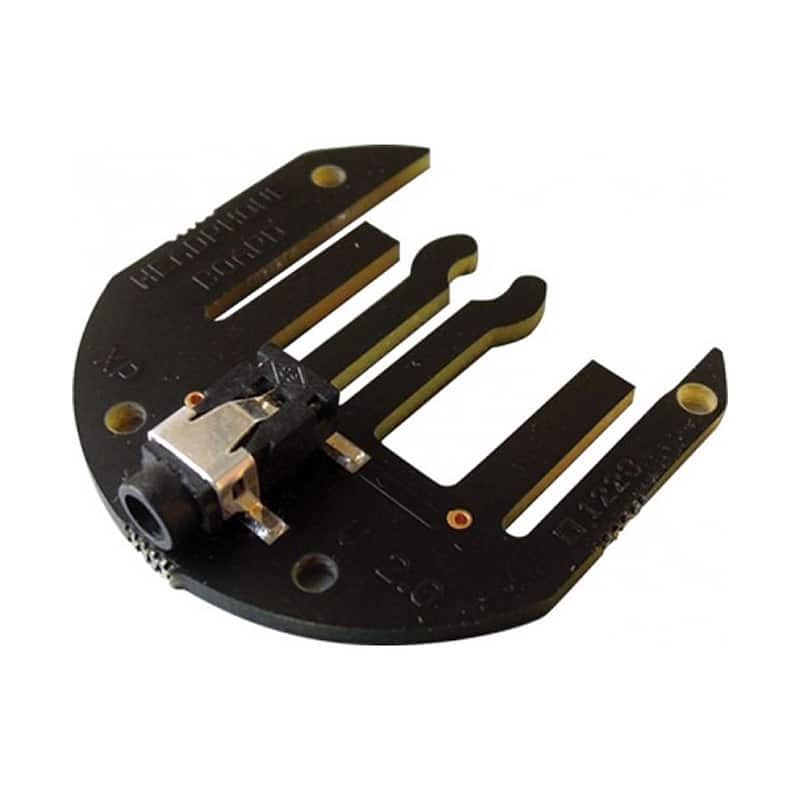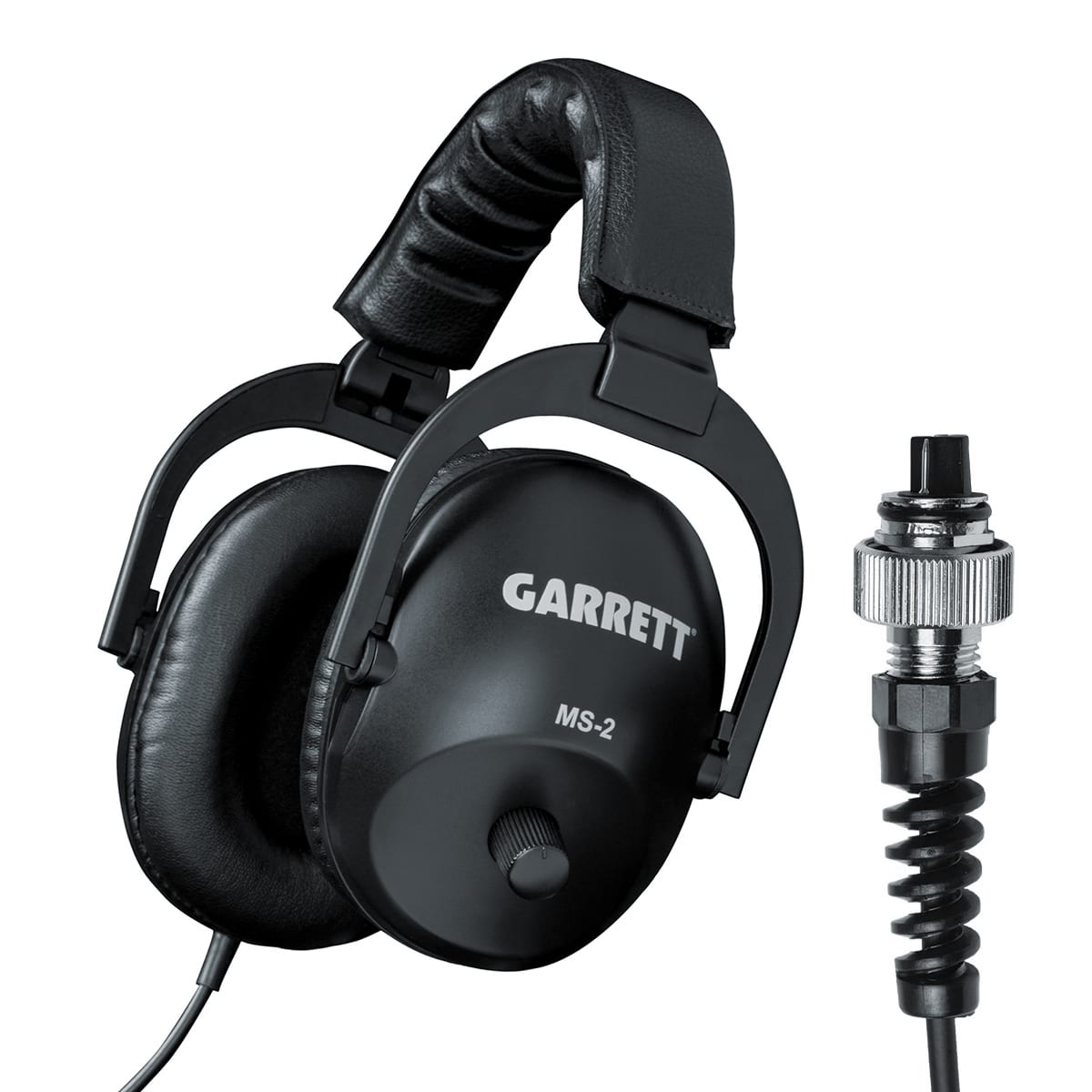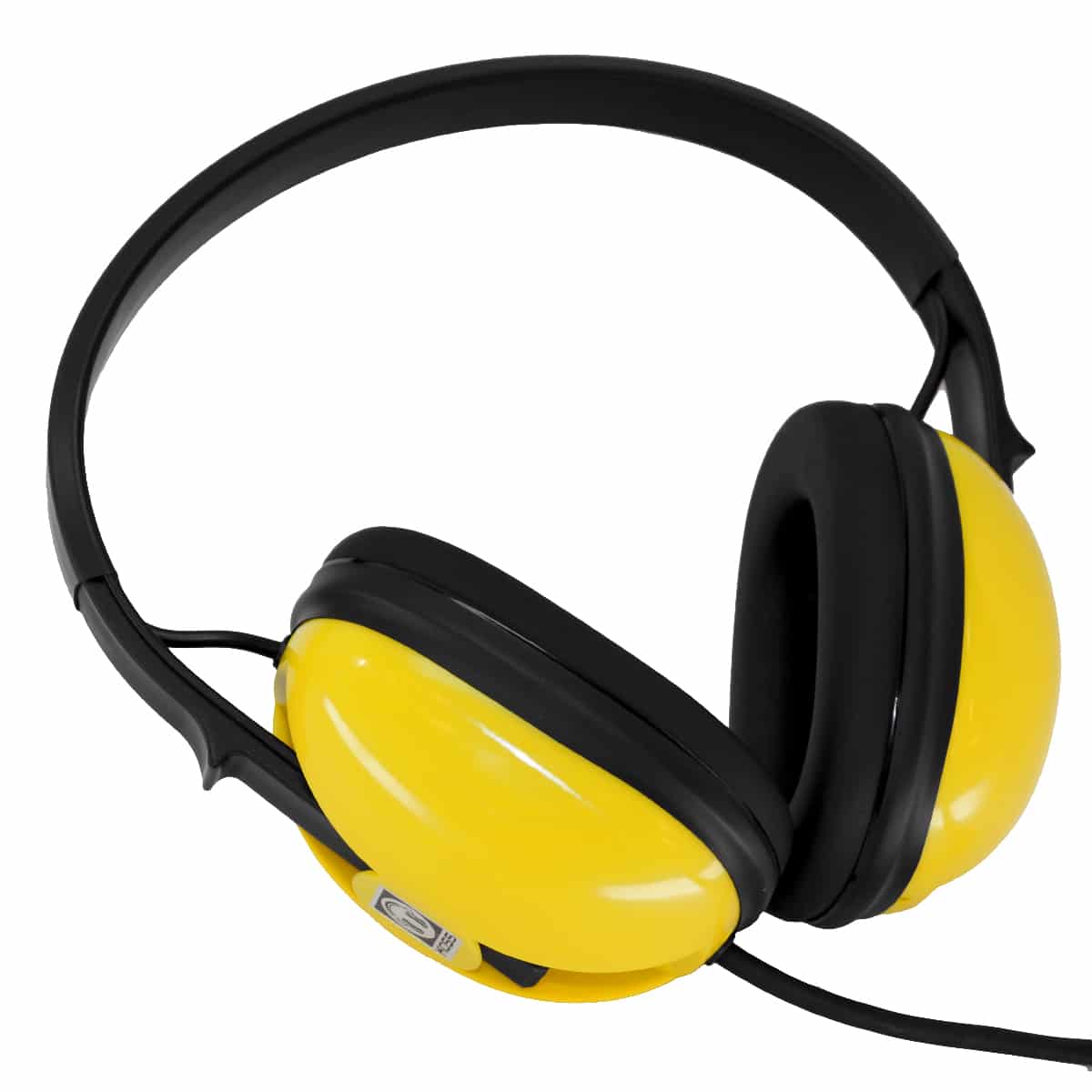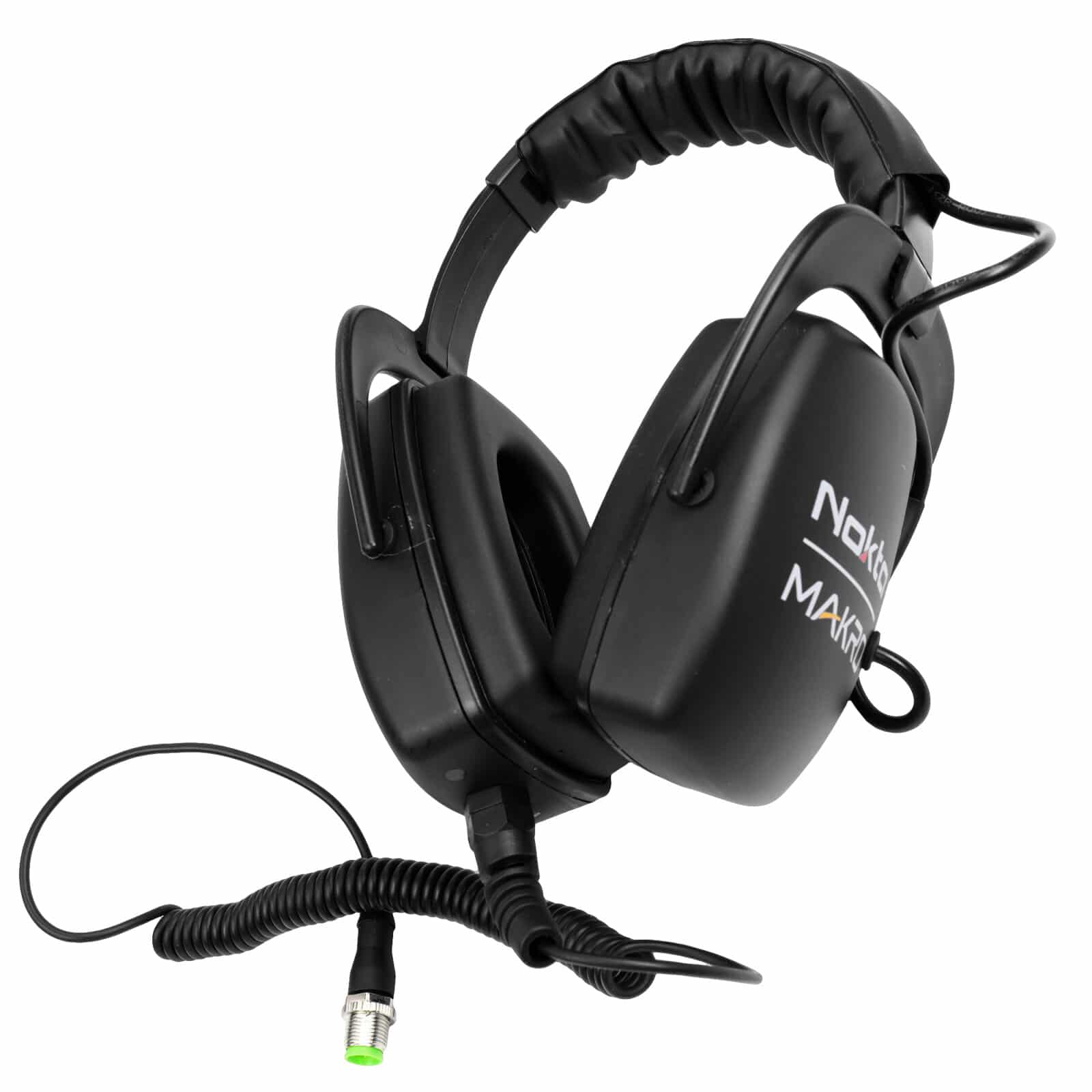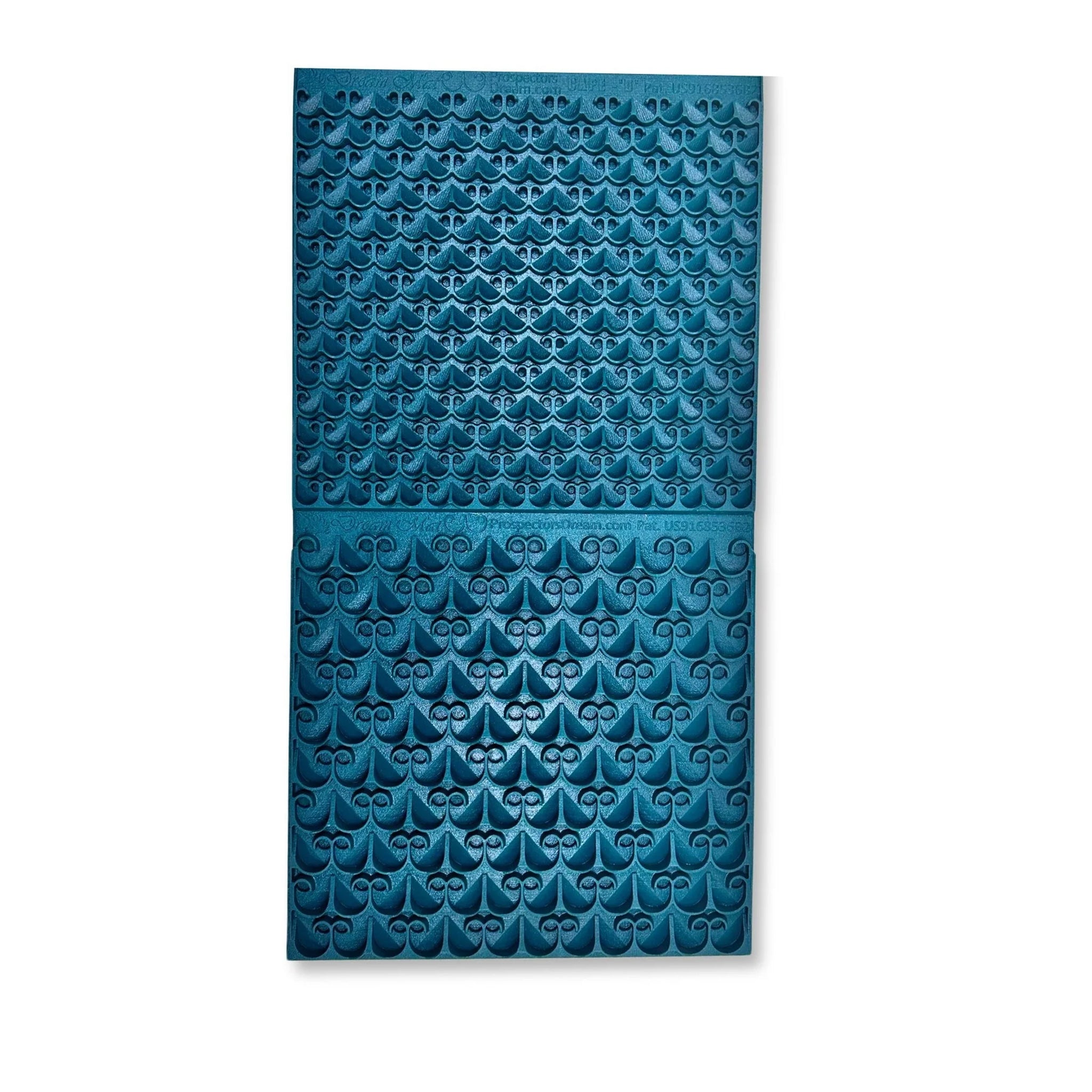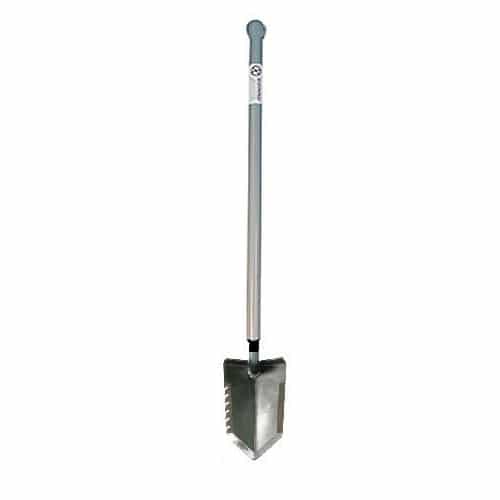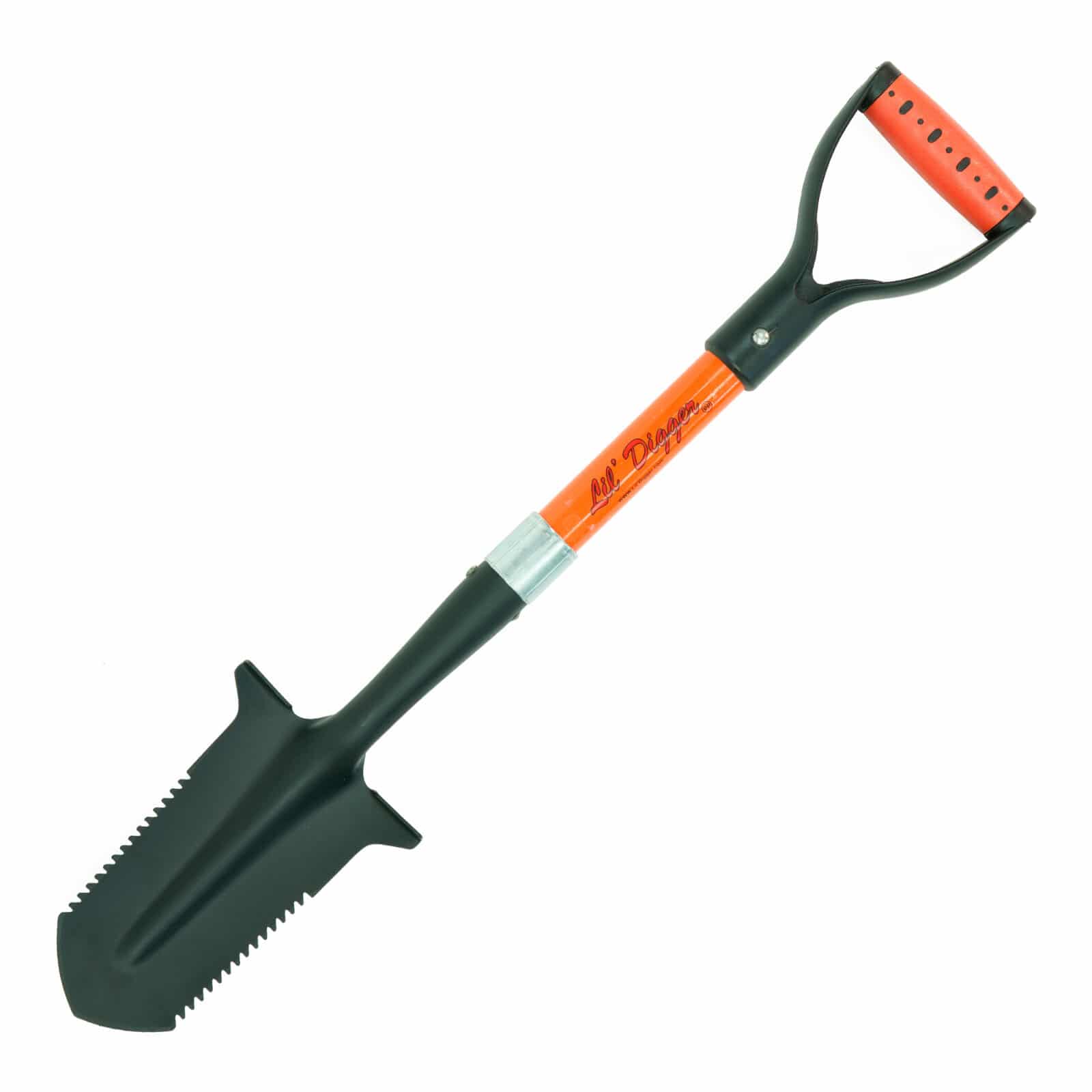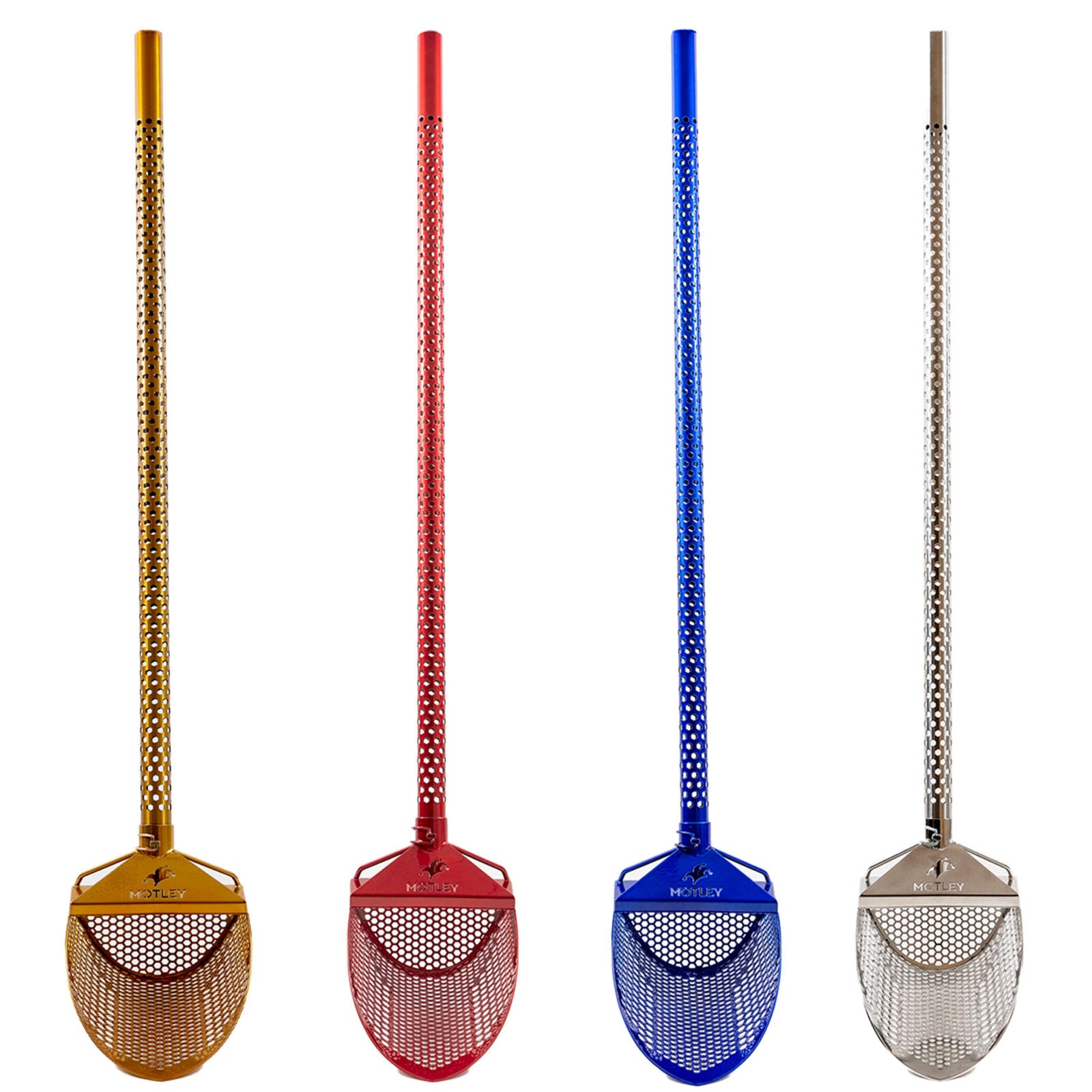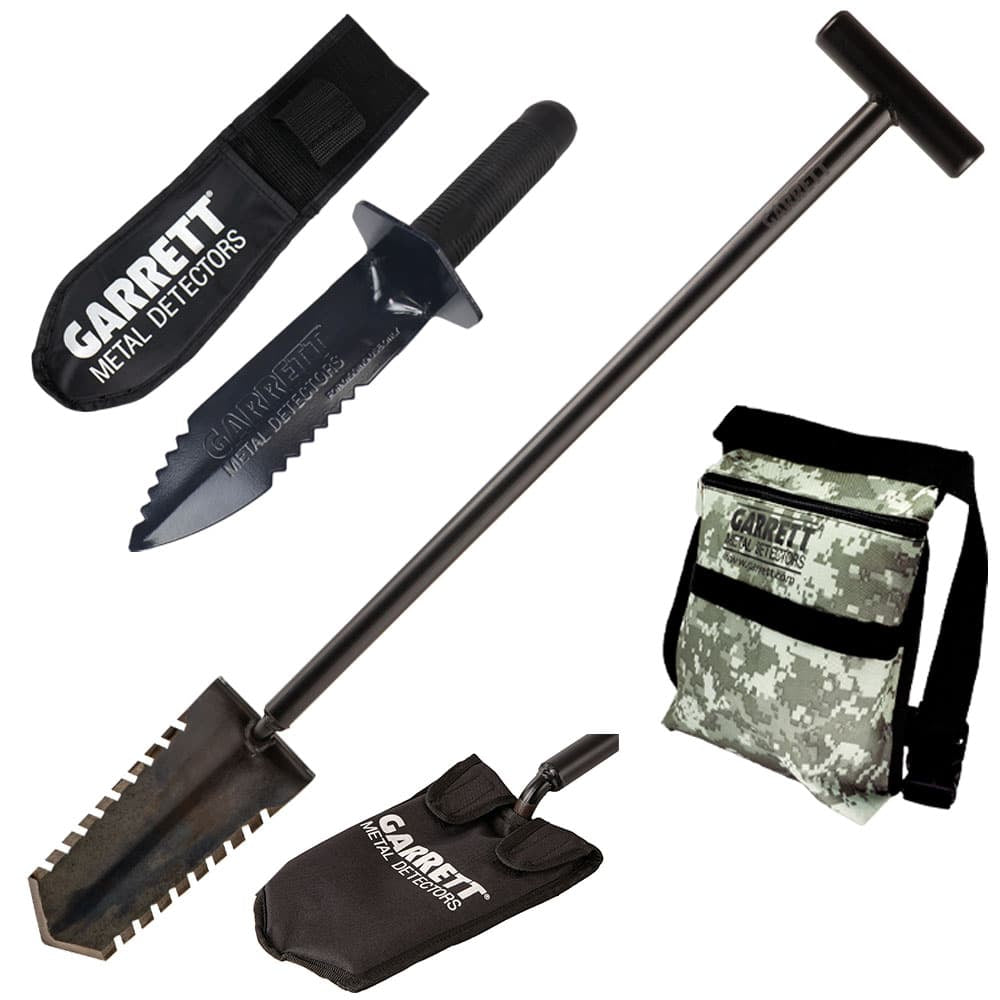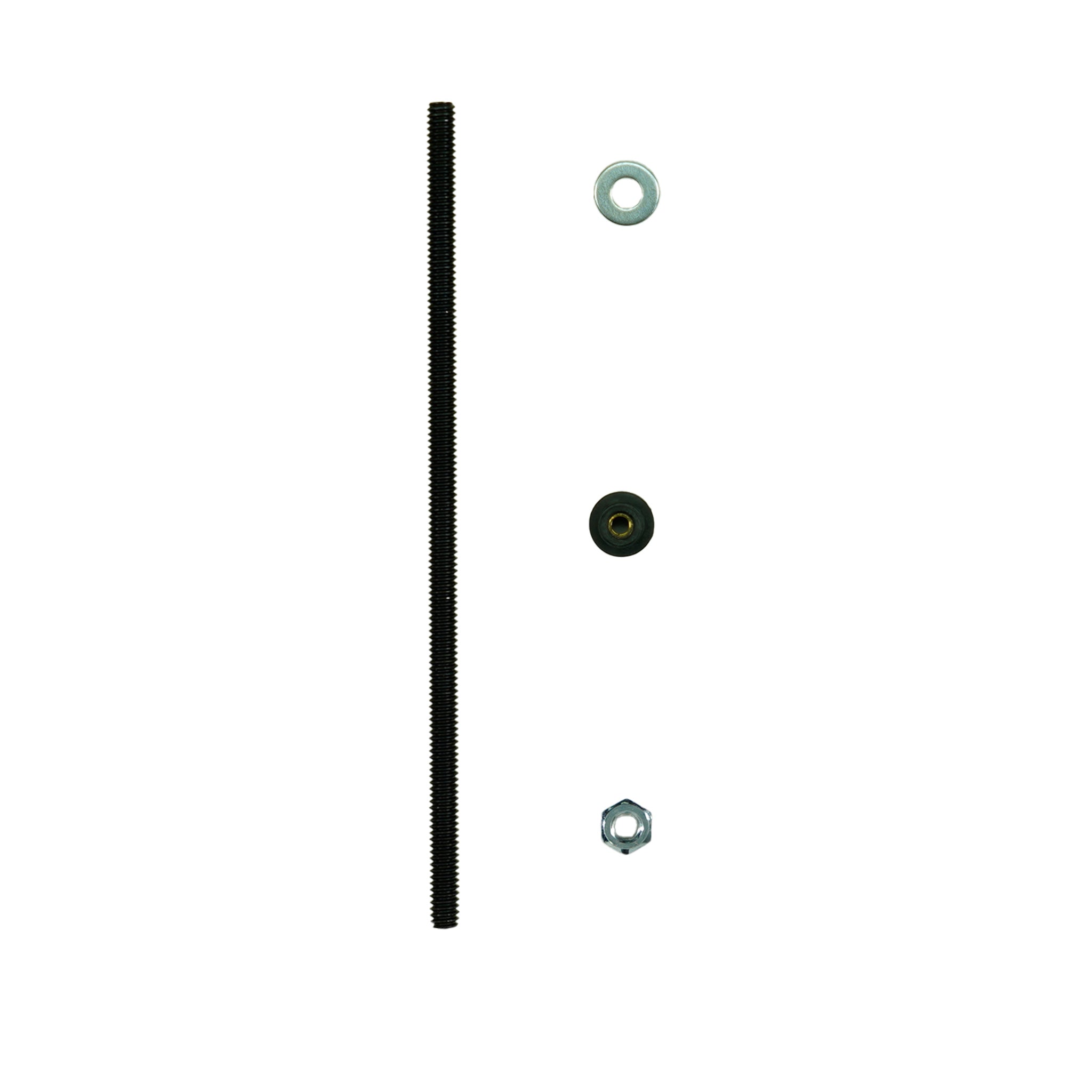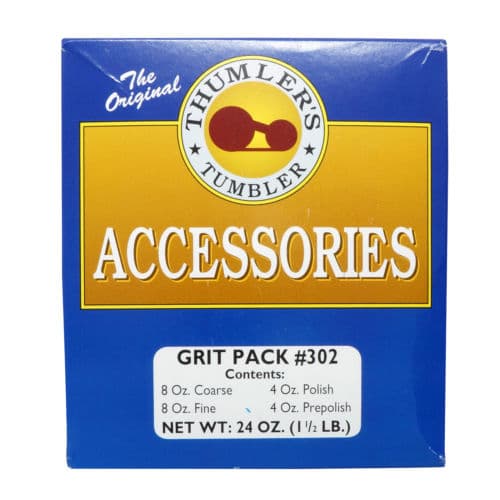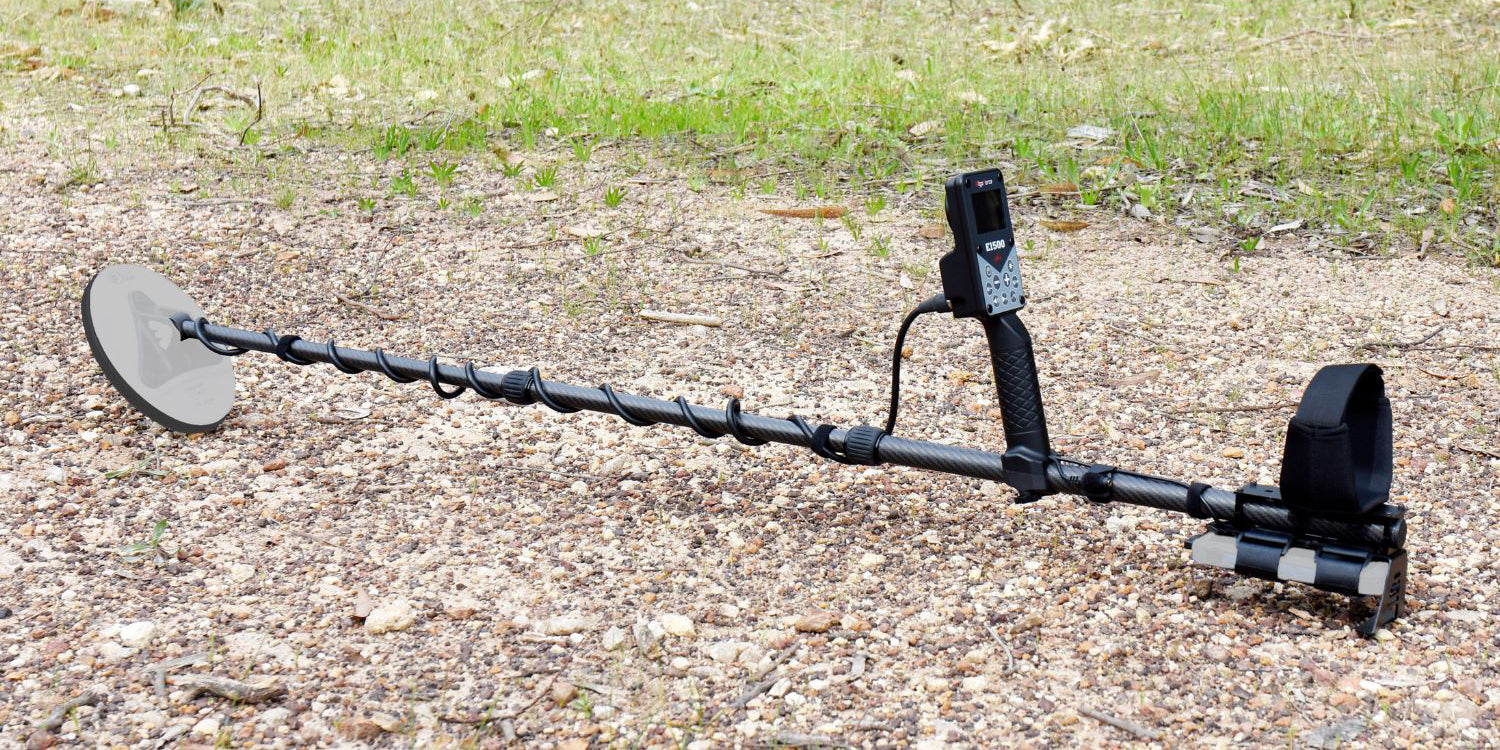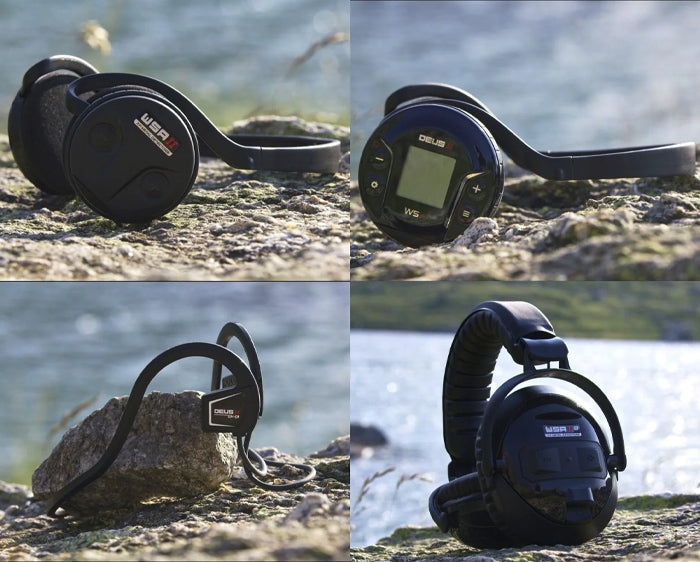I remember the first time I dug up an old button. The signal was faint, almost dismissible, but something told me to dig. After brushing away the dirt, a small, round piece of metal sat in my palm—worn, slightly bent, and crusted with time. At first, I was unimpressed. But as I cleaned it up and noticed intricate details beneath the grime, curiosity took over. Where had this button come from? Who had worn it? How long had it been buried?
That moment sent me down a rabbit hole of research, and I quickly realized something: Buttons are more than fasteners for fabric—they are remnants of history, each with a unique story to tell.
Some buttons belonged to soldiers who fought in wars long before us, others to working-class folks whose daily lives we can only imagine. Their construction, materials, and design reveal not just fashion trends but entire economies, manufacturing techniques, and even military strategies of the past.
If you’ve been metal detecting long enough, you will dig a button—it’s inevitable. And when you do, it helps to understand what you’ve found. Today, I want to dive deep into the three major types of historic buttons and what they can tell us about the past.
Type I: One-Piece Buttons – The Originals of the 1700s and Early 1800s
The Simplicity and Strength of One-Piece Buttons
One-piece buttons were the earliest metal buttons, dating back to the 1700s and early 1800s. They were made in two ways:
1️⃣ Cast or Molded Buttons – These were created by pouring molten metal (brass, pewter, or lead) into a mold. The shank—the loop on the back used for sewing—was an integral part of the casting. Some had their shank holes drilled post-production. If you dig one up, you might be holding a piece of a soldier’s coat or a colonial settler’s attire.
2️⃣ Struck or Stamped Buttons – Made by pressing a design into a flat metal disk, these were often used for mass-produced clothing. A wire loop shank was attached through brazing, a process that used high heat to join metal without melting it.
👉 Where you’ll find them: Revolutionary War sites, early homesteads, colonial settlements
👉 Typical design: Flat and plain, with some gilded brass versions
👉 Notable finds: 18th-century military buttons, colonial-era civilian buttons
Why They Matter:
Finding a one-piece button often means you’ve hit an early site. These were used extensively before the 1830s, so if you uncover one, you might be on a site untouched for nearly two centuries.
Type II: Two-Piece Buttons – The Military’s Choice of the 19th Century
A Leap in Button Technology
As demand for more durable and decorative buttons grew, manufacturers developed the two-piece button. This design—introduced in the early 1800s and widely used through the Civil War—was made with a convex front shell and a backplate. These two pieces were joined by curling the shell’s edges over the backplate.
Why was this better?
- Two-piece buttons could hold more intricate designs, perfect for military insignias and official uniforms.
- They were more durable than their one-piece predecessors.
- Many had gold-gilded fronts, making them more decorative and prestigious.
A key feature of two-piece buttons is the backmark—the manufacturer’s stamp on the backplate. If you ever dig up a button with a readable backmark, you can often trace it to the exact company and time period it was made. For example, buttons made by Scovill, Waterbury, or Robinson were often used in Civil War uniforms.
👉 Where you’ll find them: Civil War battlefields, 19th-century military encampments, and old government buildings
👉 Typical design: Convex with intricate detailing, often with eagles, stars, or regimental insignias
👉 Notable finds: Union and Confederate buttons from the Civil War, state militia buttons, and high-end 19th-century civilian buttons
Why They Matter:
If you dig up a two-piece button, you’re likely standing on an important 19th-century site. Military buttons, in particular, can provide direct links to specific regiments and battles.
Type III: Staff Buttons – The Prestige of the Officer Class
The Elite Buttons of the 19th Century
By the 1830s, military fashion evolved further, leading to the introduction of staff buttons—a special variation of the two-piece button, designed specifically for officers.
These buttons were constructed differently:
• Instead of the front shell simply folding over the backplate, a separate metal rim held the two pieces together.
• This made them stronger and longer-lasting—ideal for high-ranking officers who wanted their uniforms to look pristine.
• Most staff buttons were gilded, convex, and featured elaborate insignias, often on a lined background.
The Scovill Company, a name frequently found on metal-detected buttons, was one of the largest manufacturers of staff buttons. If you find a Scovill-marked button, you’ve likely uncovered a piece of 19th-century military history.
👉 Where you’ll find them: Battlefields, officer quarters, government buildings, high-ranking military sites
👉 Typical design: Highly detailed, often featuring eagles, shields, or national symbols
👉 Notable finds: Army staff officer buttons, high-ranking military insignias, and government-issued buttons
Why They Matter:
Finding a staff button is a rare and exciting discovery. These were not worn by everyday soldiers but by officers and high-ranking personnel, meaning your find could be linked to an individual of historical significance.
Why Buttons Are More Than Just Finds
Most people don’t think twice about buttons, but as relic hunters, we know better. These tiny artifacts carry stories of battles fought, hardships endured, and lives lived. Every time I uncover a button, I take a moment to wonder about the person who once wore it.
Maybe it was a Civil War soldier fastening his coat on a cold morning before battle. Maybe it belonged to a settler making a long journey westward. Or maybe it fell from the uniform of a high-ranking officer giving orders on the battlefield.
No matter what, every button is a piece of someone’s history, waiting to be uncovered.
So next time you dig up a button, don’t just toss it aside. Clean it, research it, and find out what it has to say. Because in this hobby, every little relic brings us closer to the past.
Museums displaying buttons to the public
Waterbury Button Museum at the Mattatuck – Waterbury, Connecticut
Since 1812, Waterbury has been synonymous with military and uniform buttons. The Waterbury Button Company still produces buttons for all branches of the U.S. Armed Forces, as well as for designers and uniform makers. The Button Gallery at the Mattatuck Museum showcases over 10,000 buttons, including historic military buttons, delicate glass and marquisette designs, and even a set once worn by George Washington himself!
The National Pearl Button Museum – Muscatine, Iowa
Once the Pearl Button Capital of the World, Muscatine, Iowa, was a hub of button manufacturing in the early 1900s. Thanks to an abundance of mussels and special shells in the Mississippi River, the town became a global supplier of luxury pearl buttons. The museum tells the story of how this booming industry employed nearly the entire town—from laborers to businessmen—at its peak.
The Button Museum – Bishopville, South Carolina
Nestled inside a hangar, this museum showcases the remarkable button collection of Dalton Stevens, known as “The Button King.” His fascination with buttons began as a way to cope with insomnia, leading him to sew and glue them onto everything imaginable—suits, a guitar, even a car! Though Stevens passed away in 2016, his legacy lives on, earning him a place in the Guinness Book of World Records.
Keep Homestead Museum – Monson, Massachusetts
This museum houses one of the largest collections of vintage and antique buttons in the U.S. The extensive assortment, once owned by passionate collector Myra Keep Lovell Moulton, is regularly rotated so visitors can appreciate its full scope. While exploring, don’t miss the beautifully crafted quilts from the Massachusetts Quilt Documentation Project, also on display.
Have you found a historic button while detecting? Share your best finds in the comments below!



